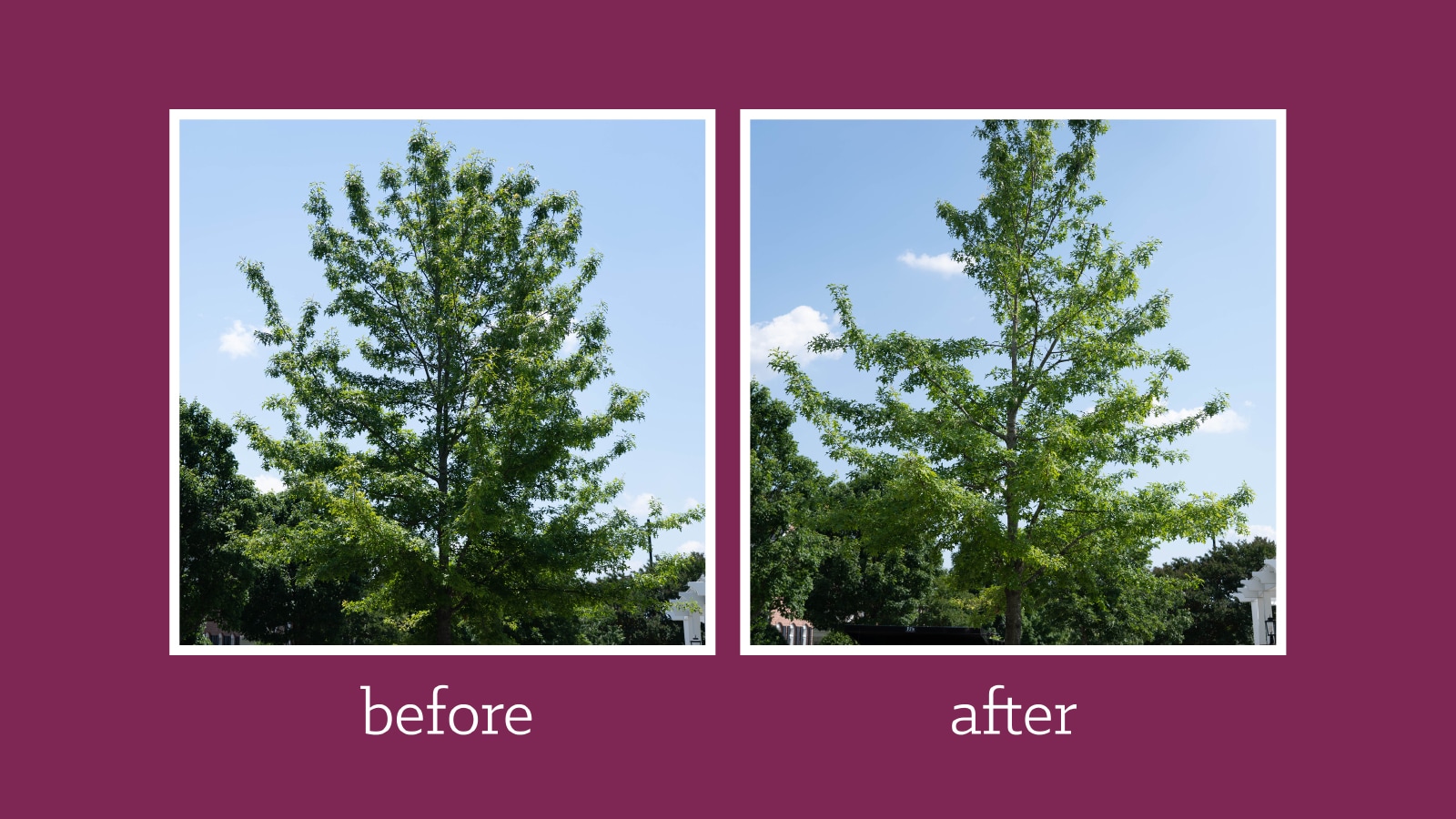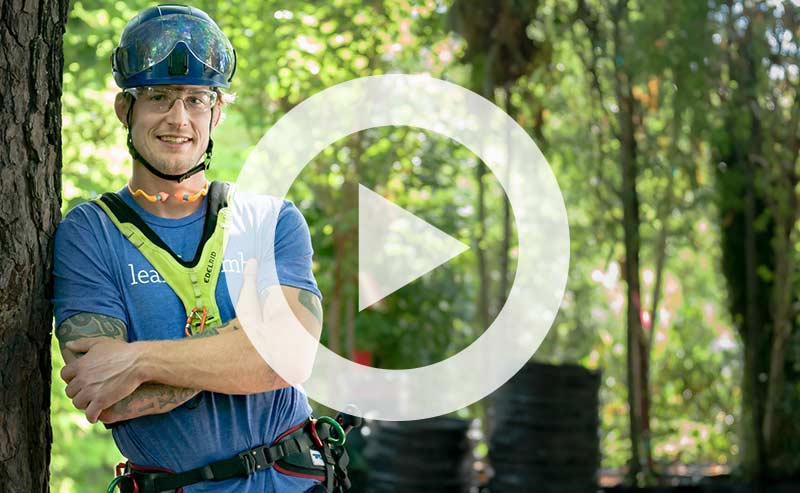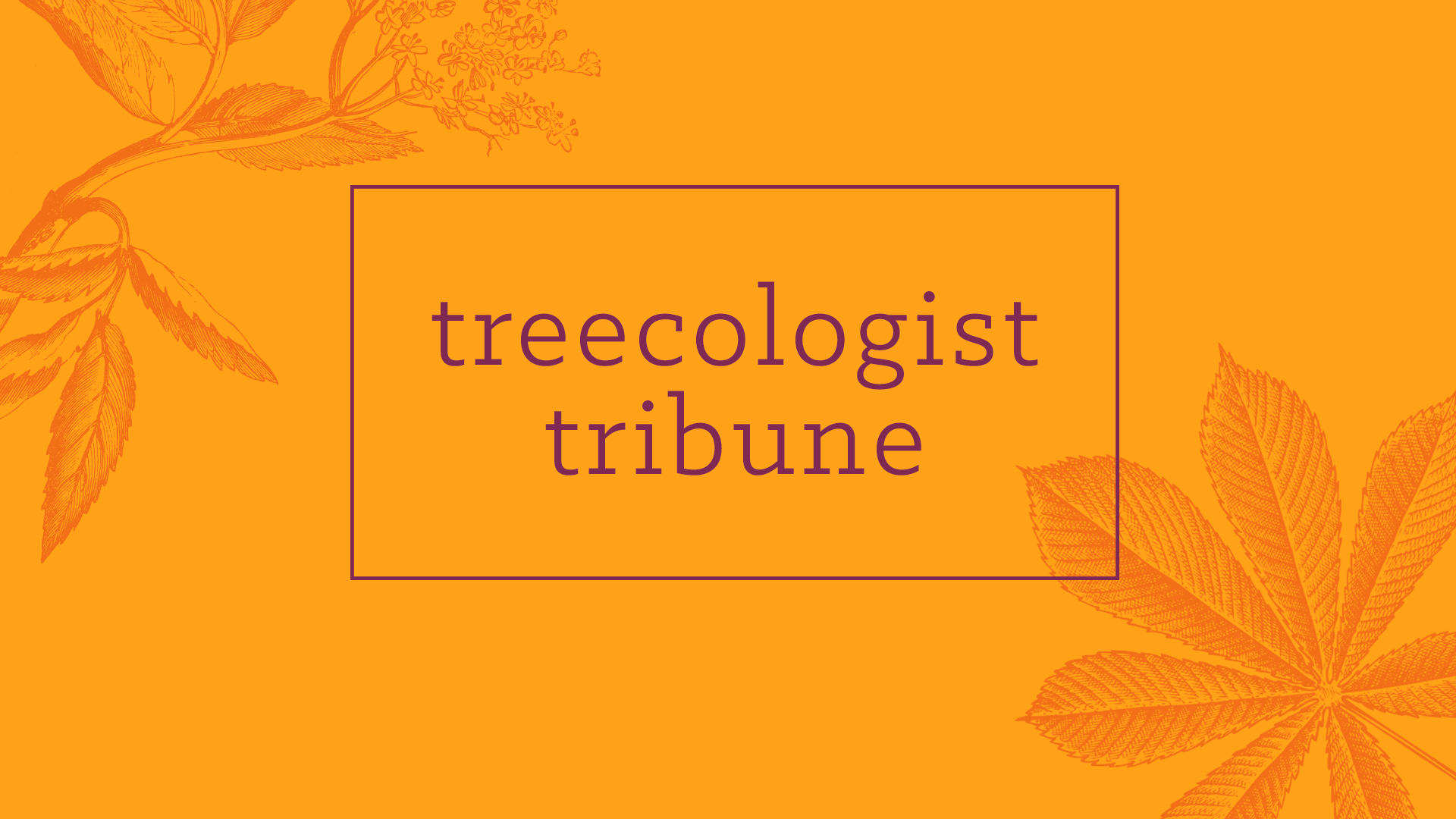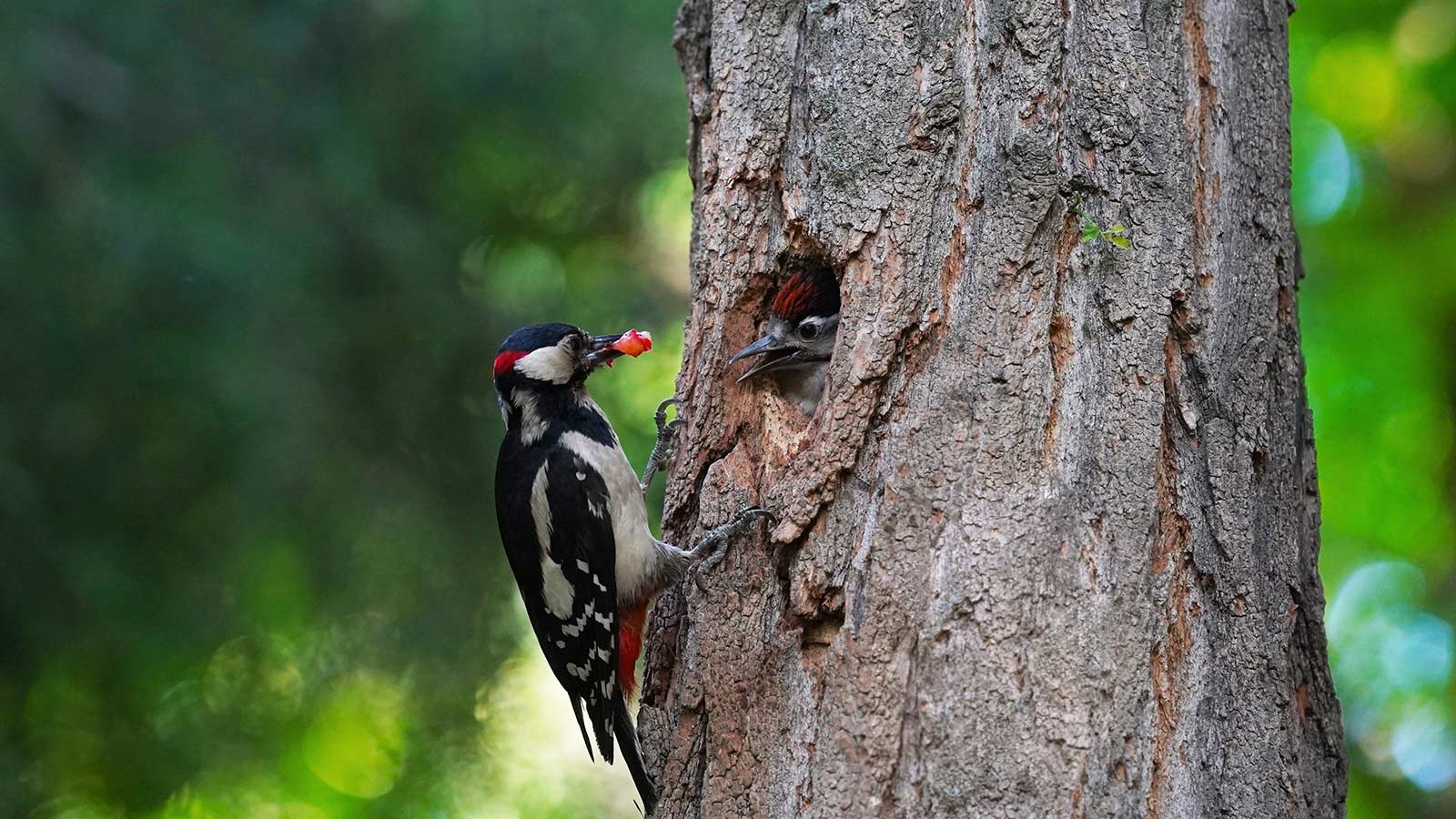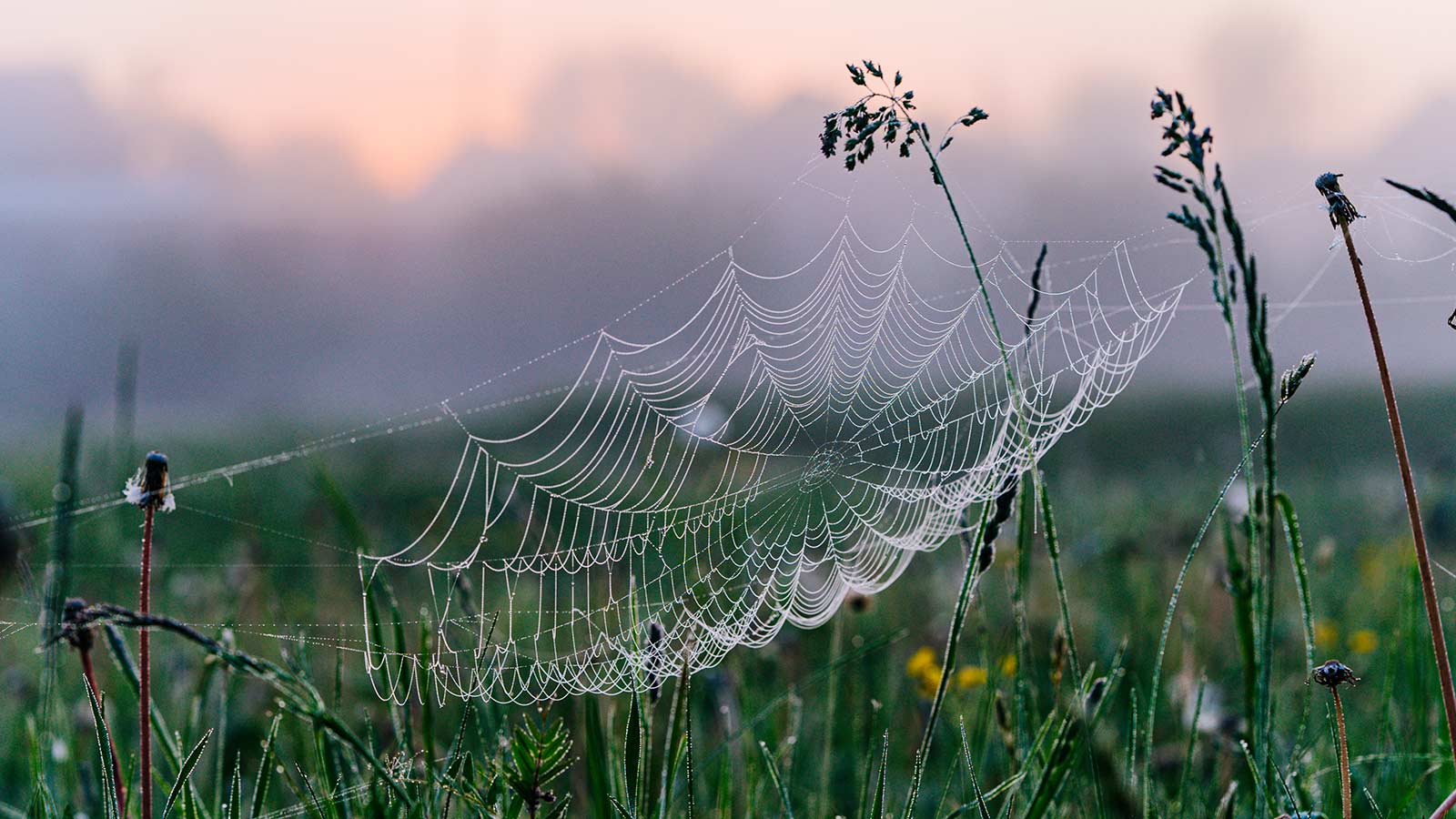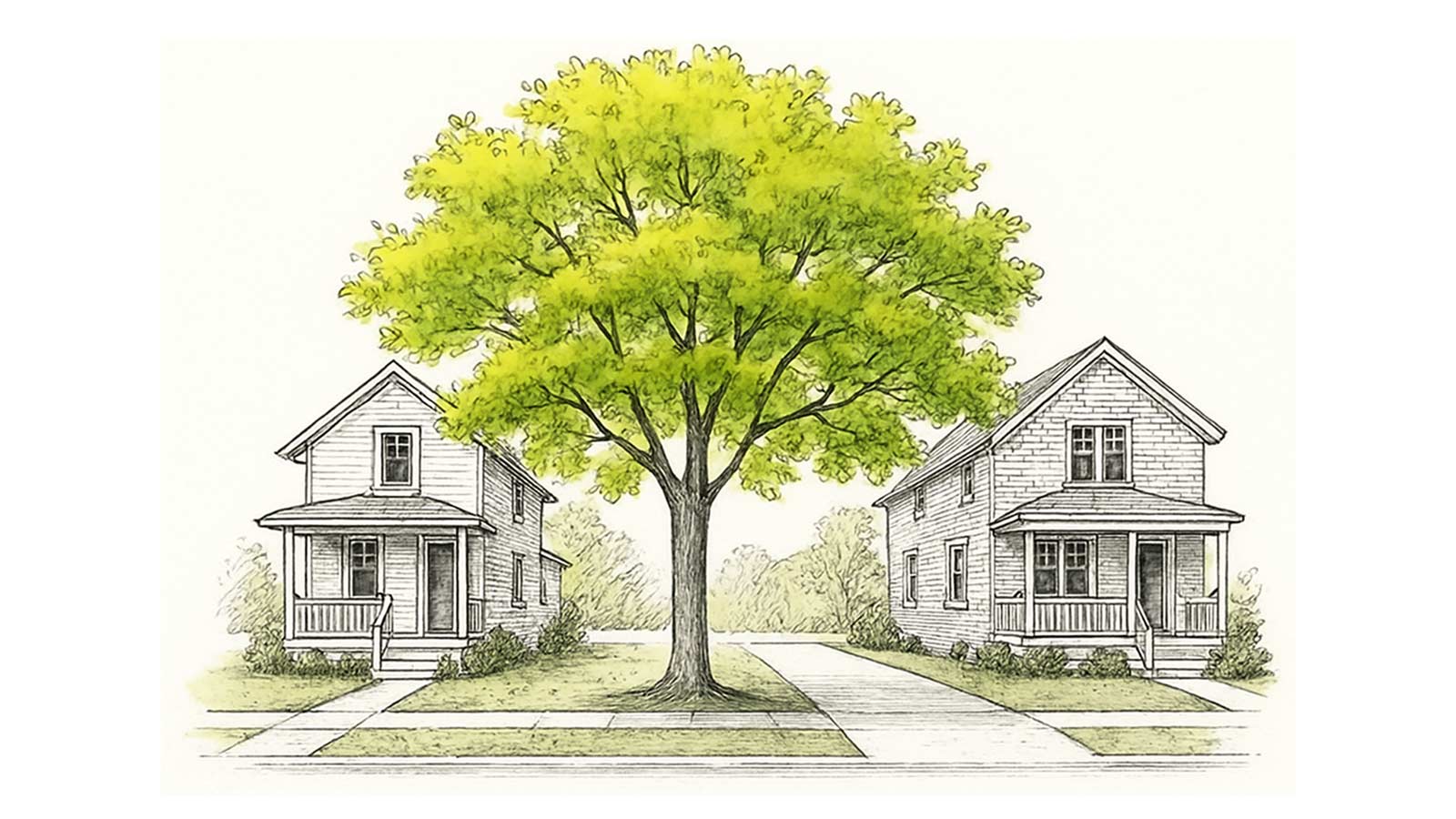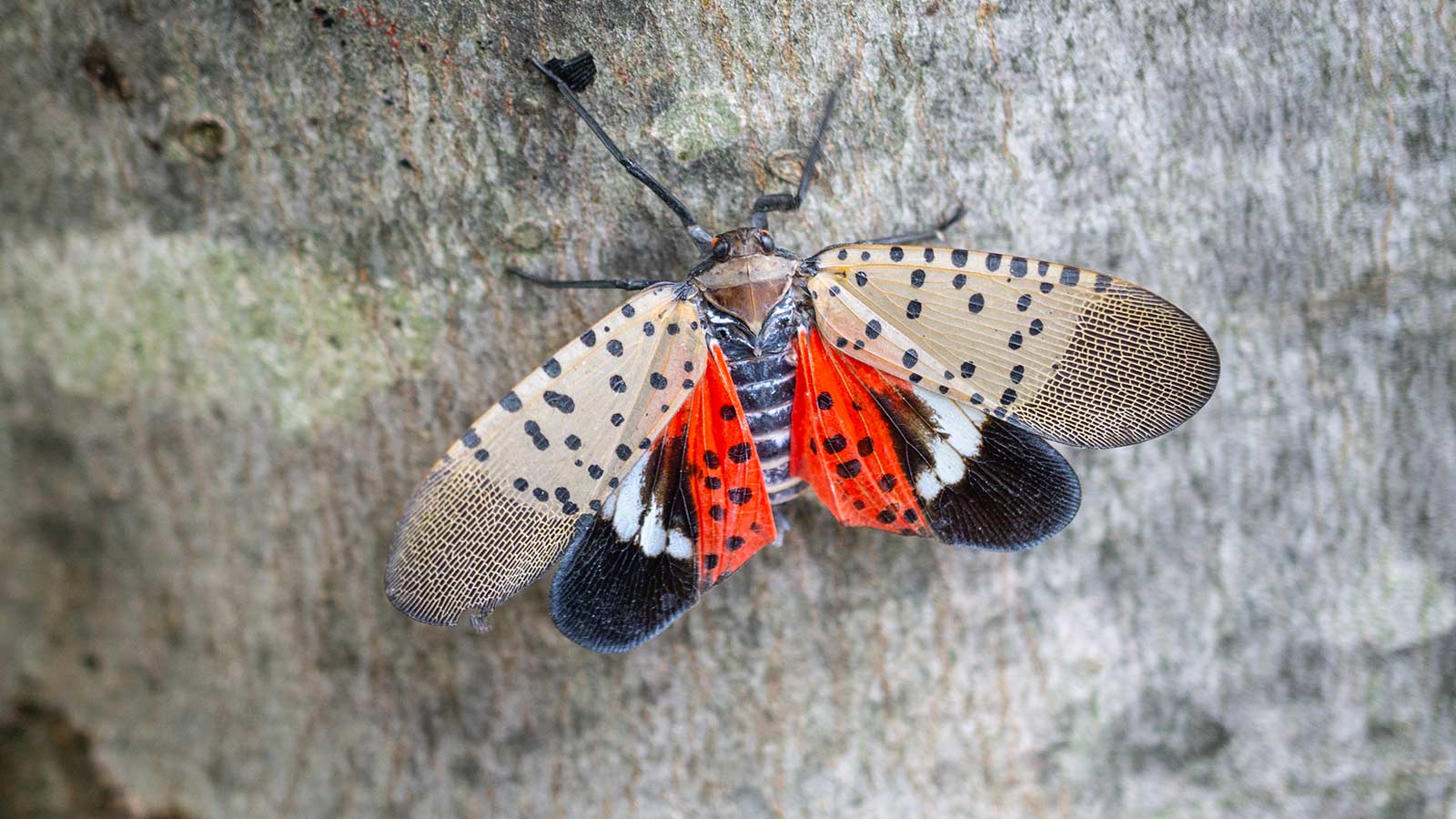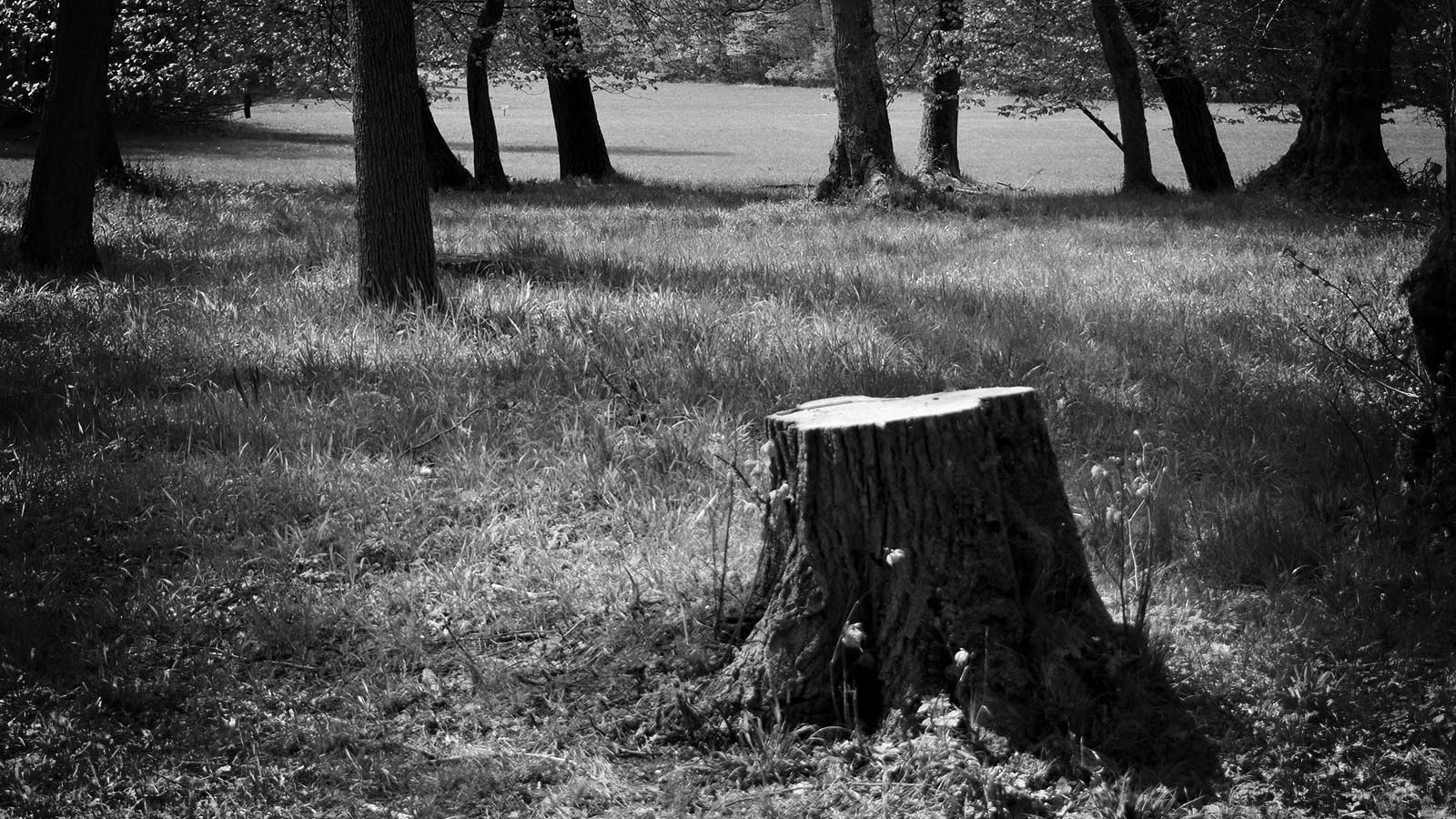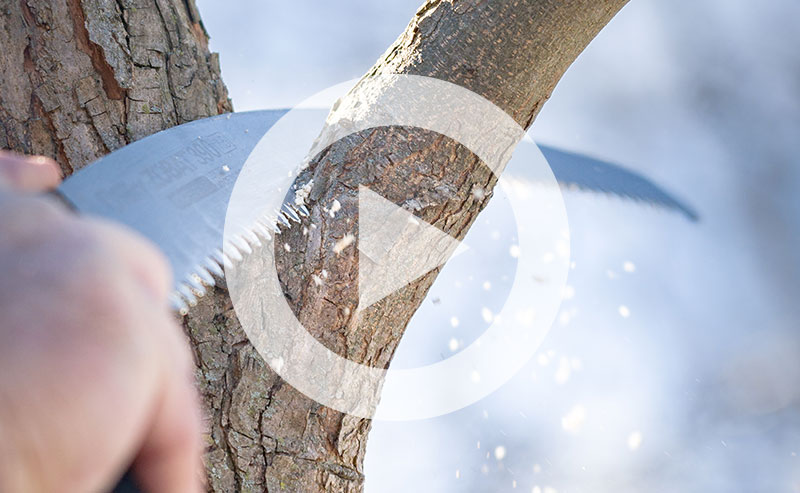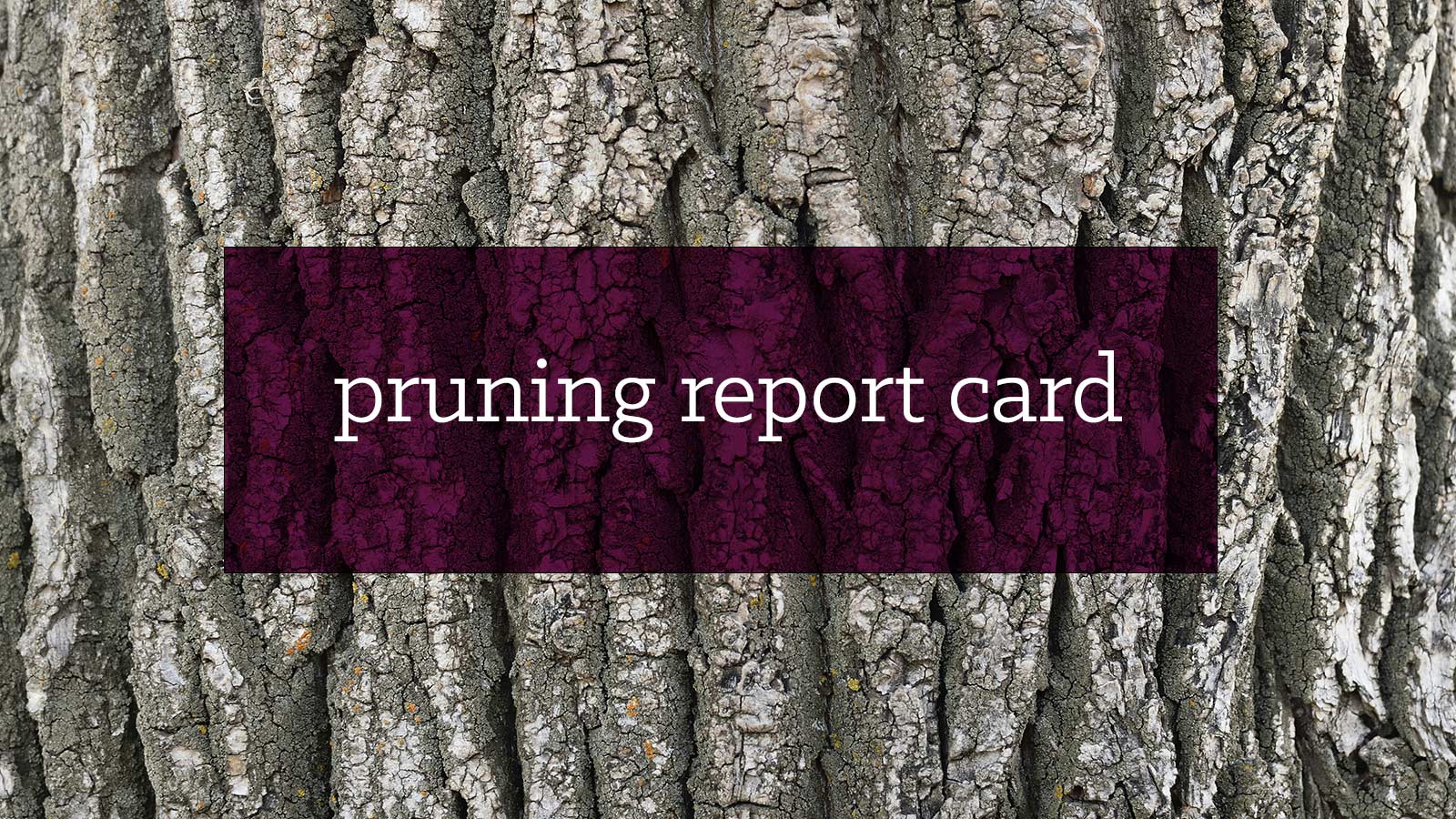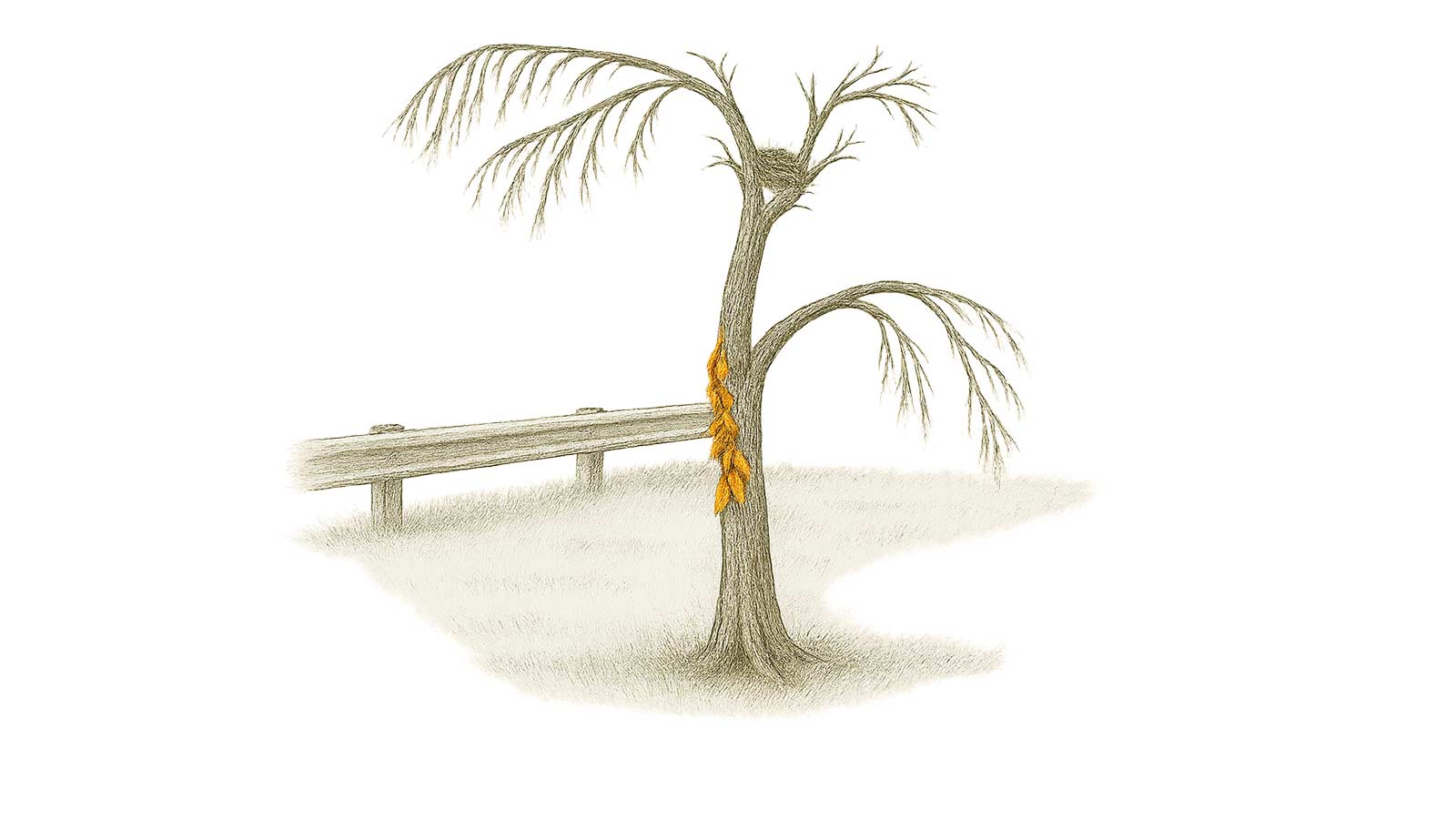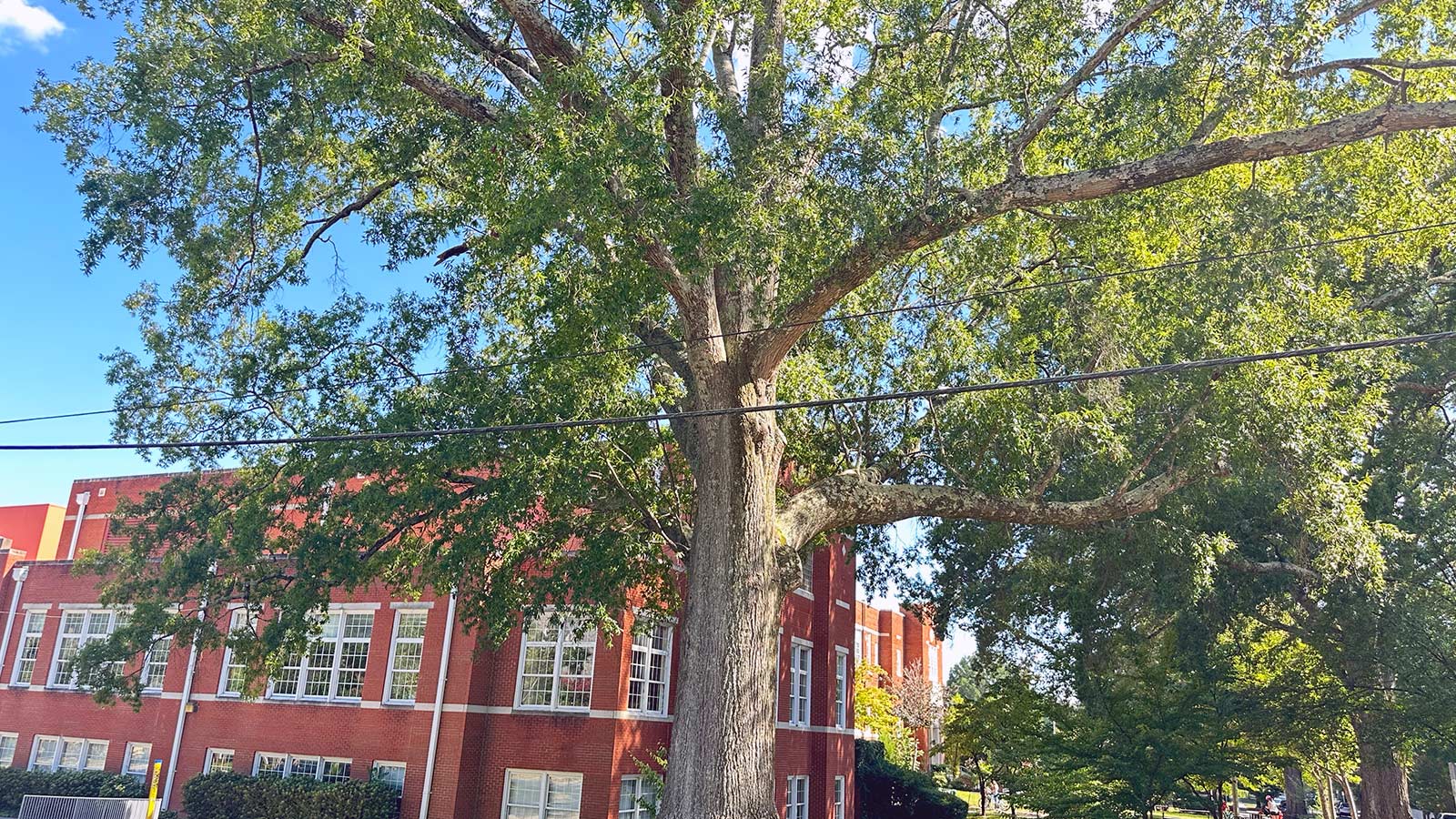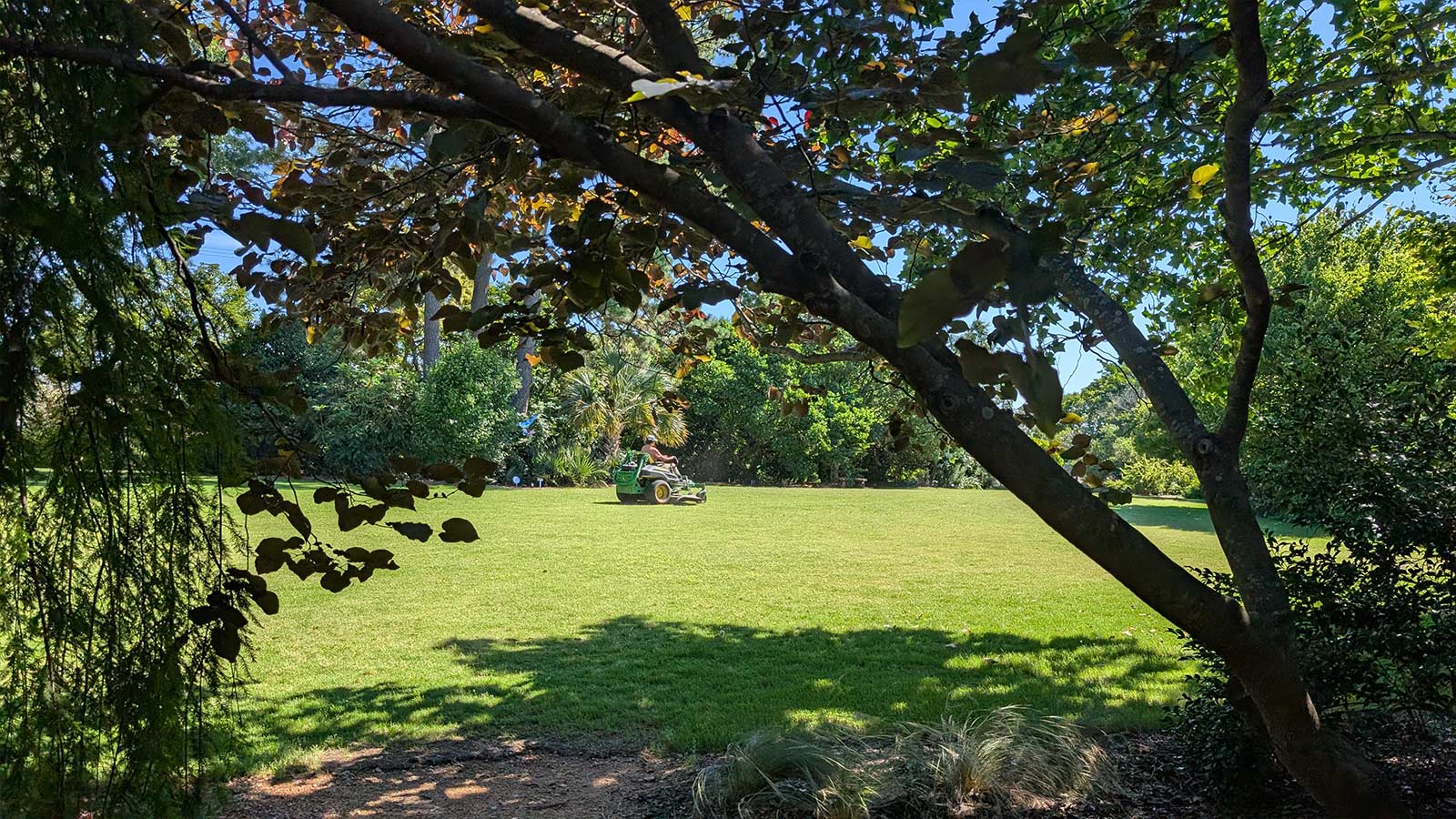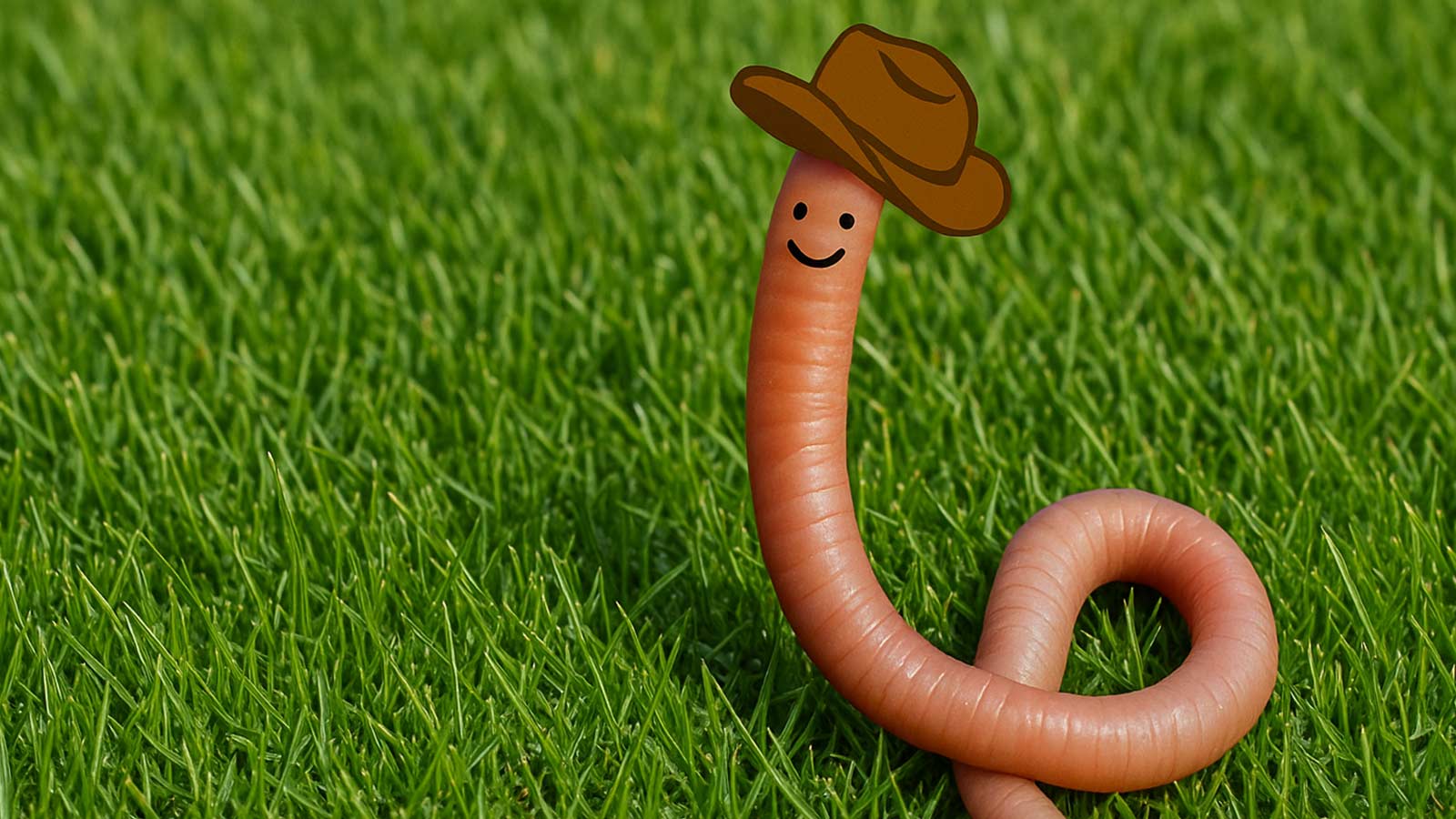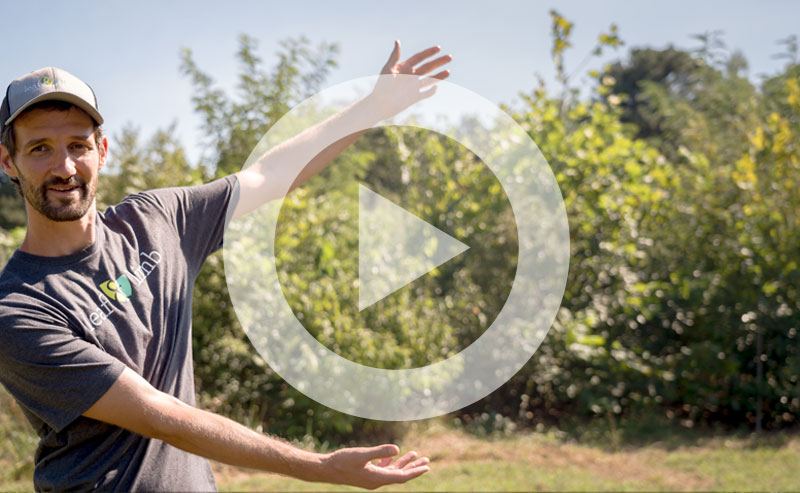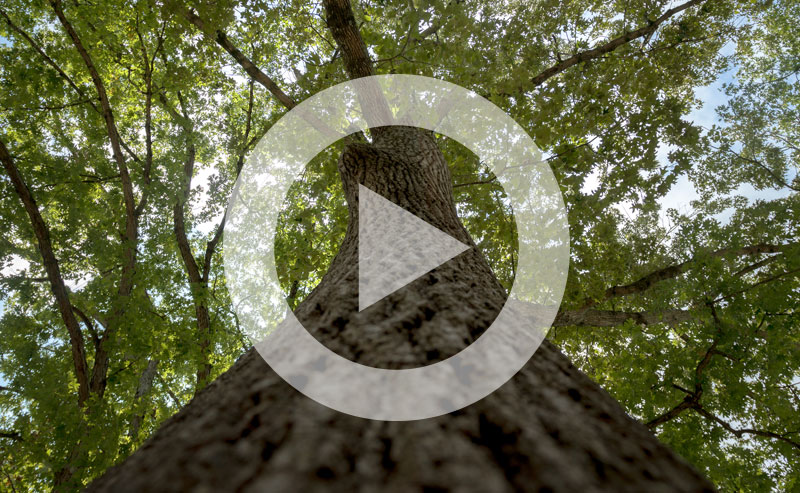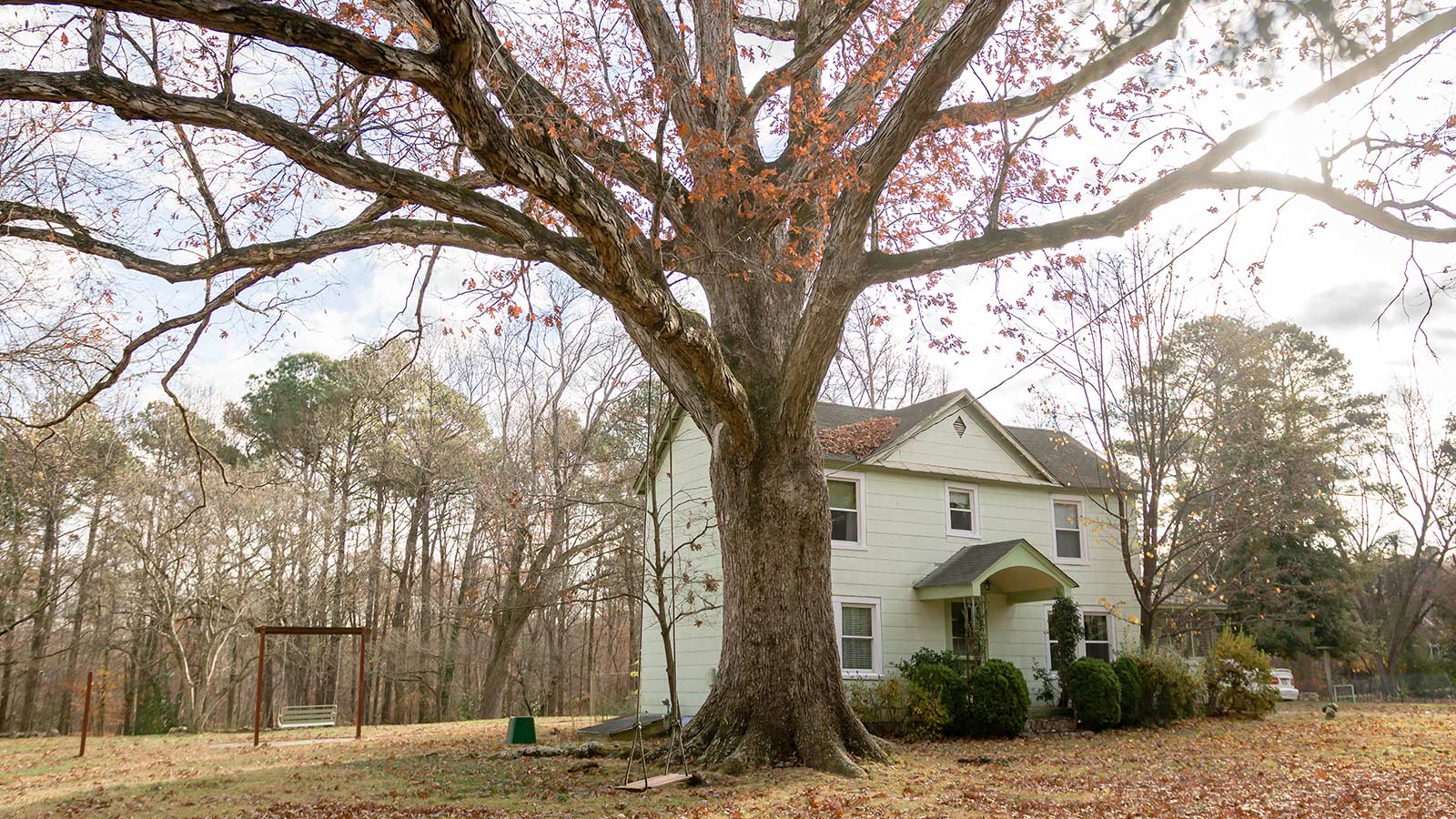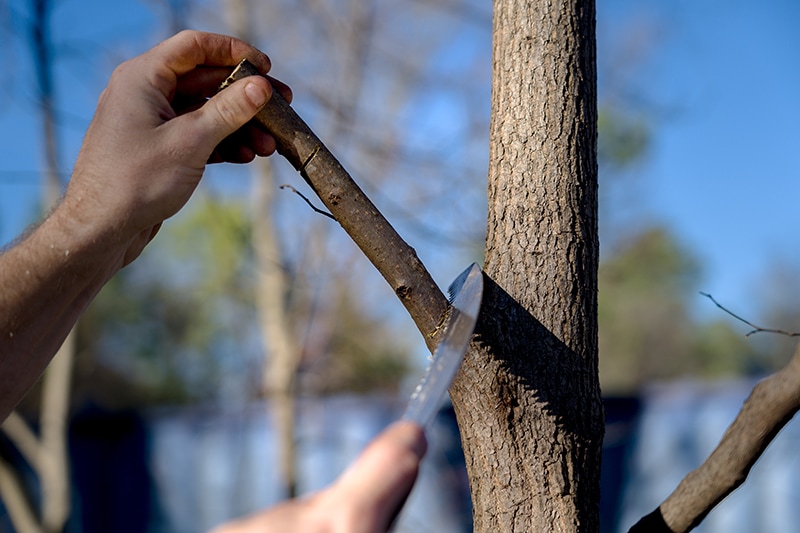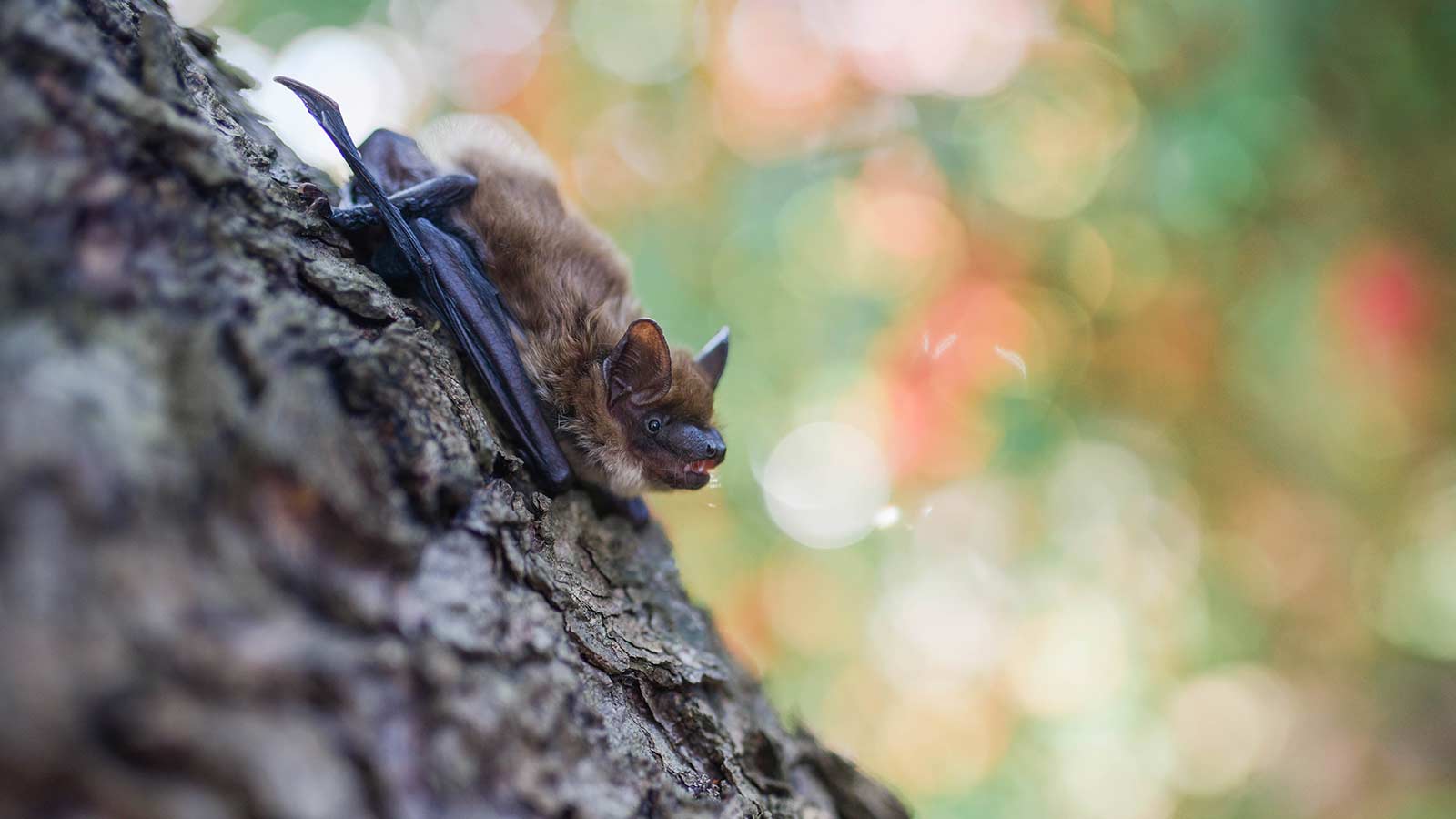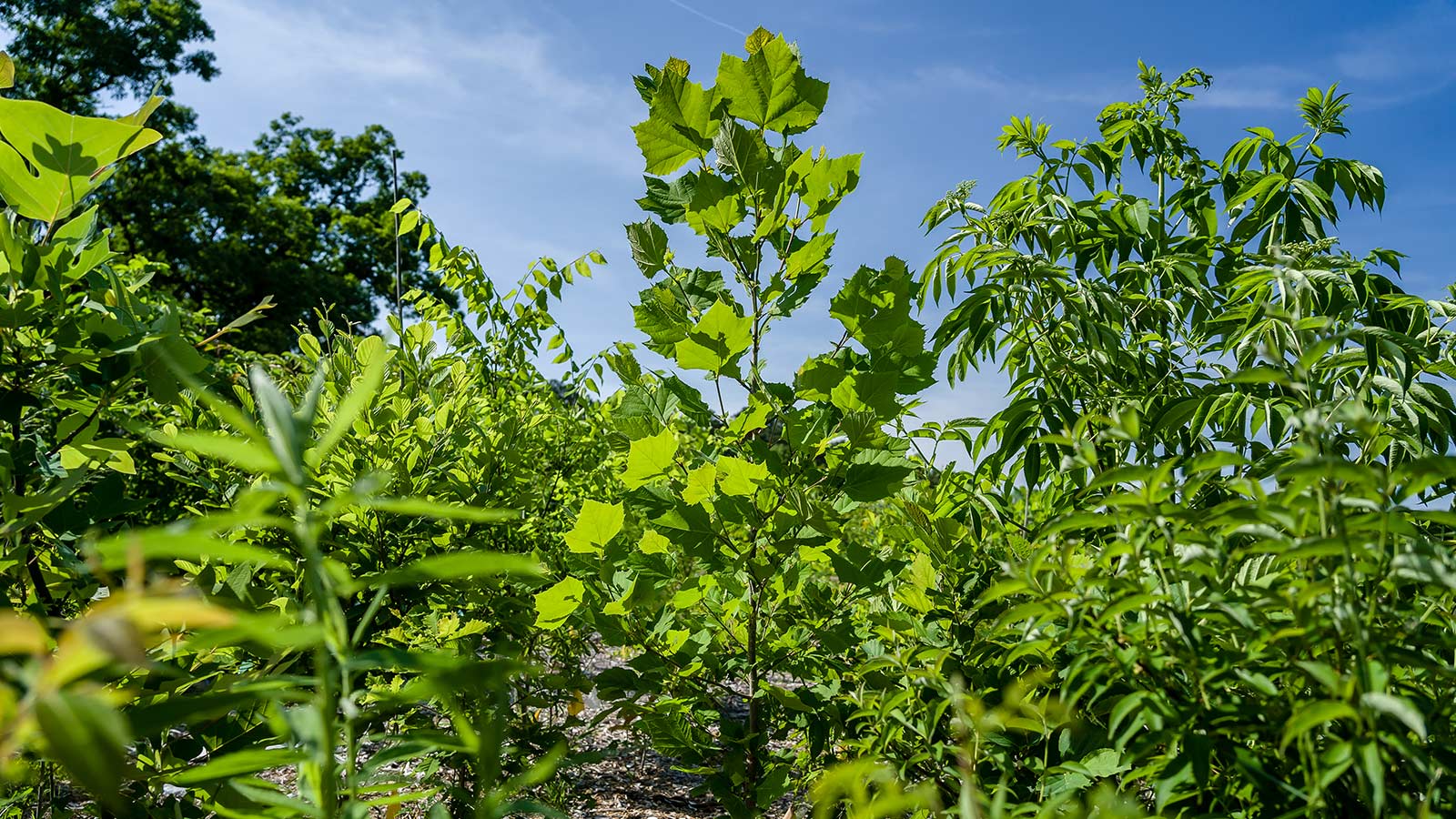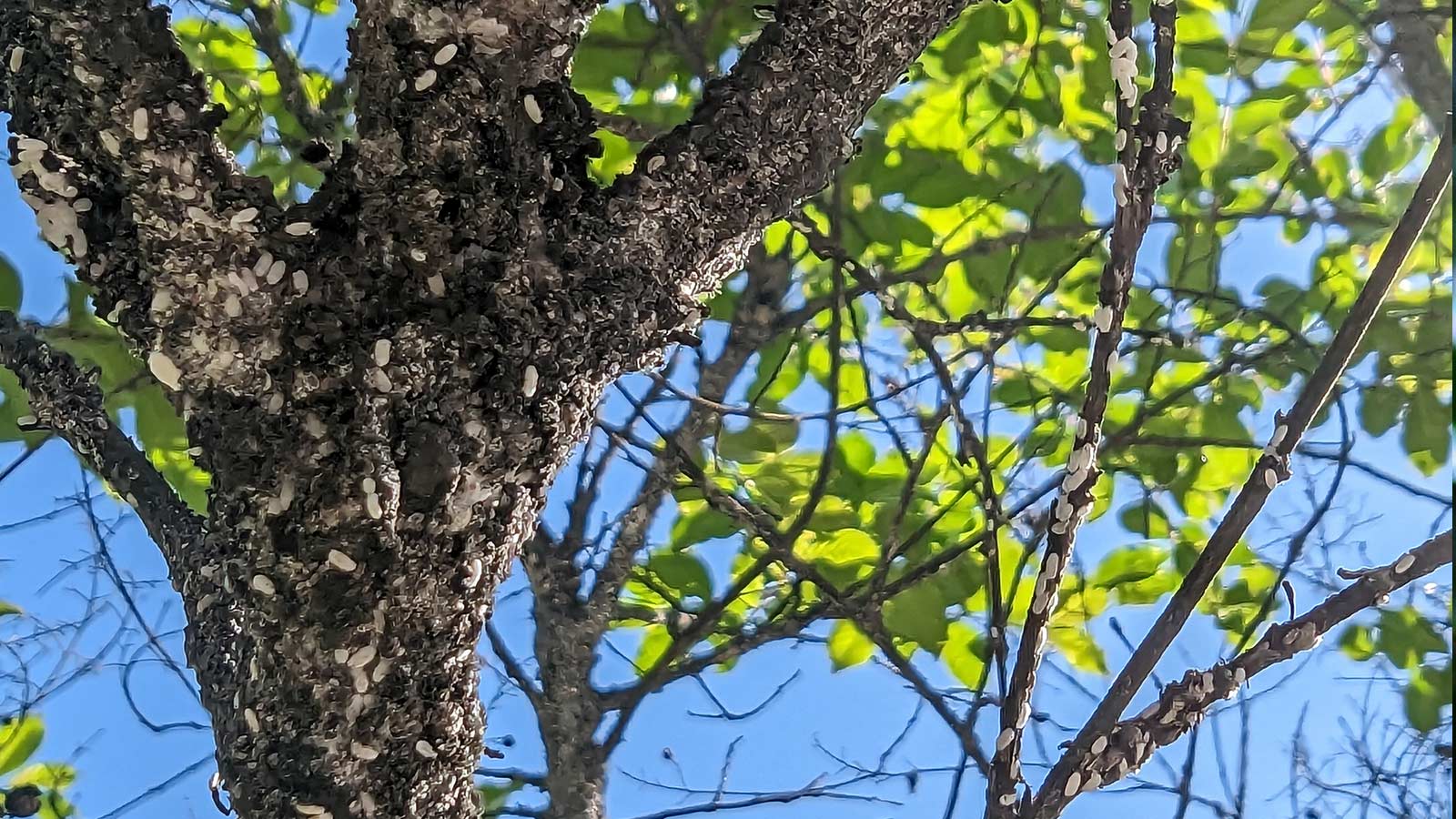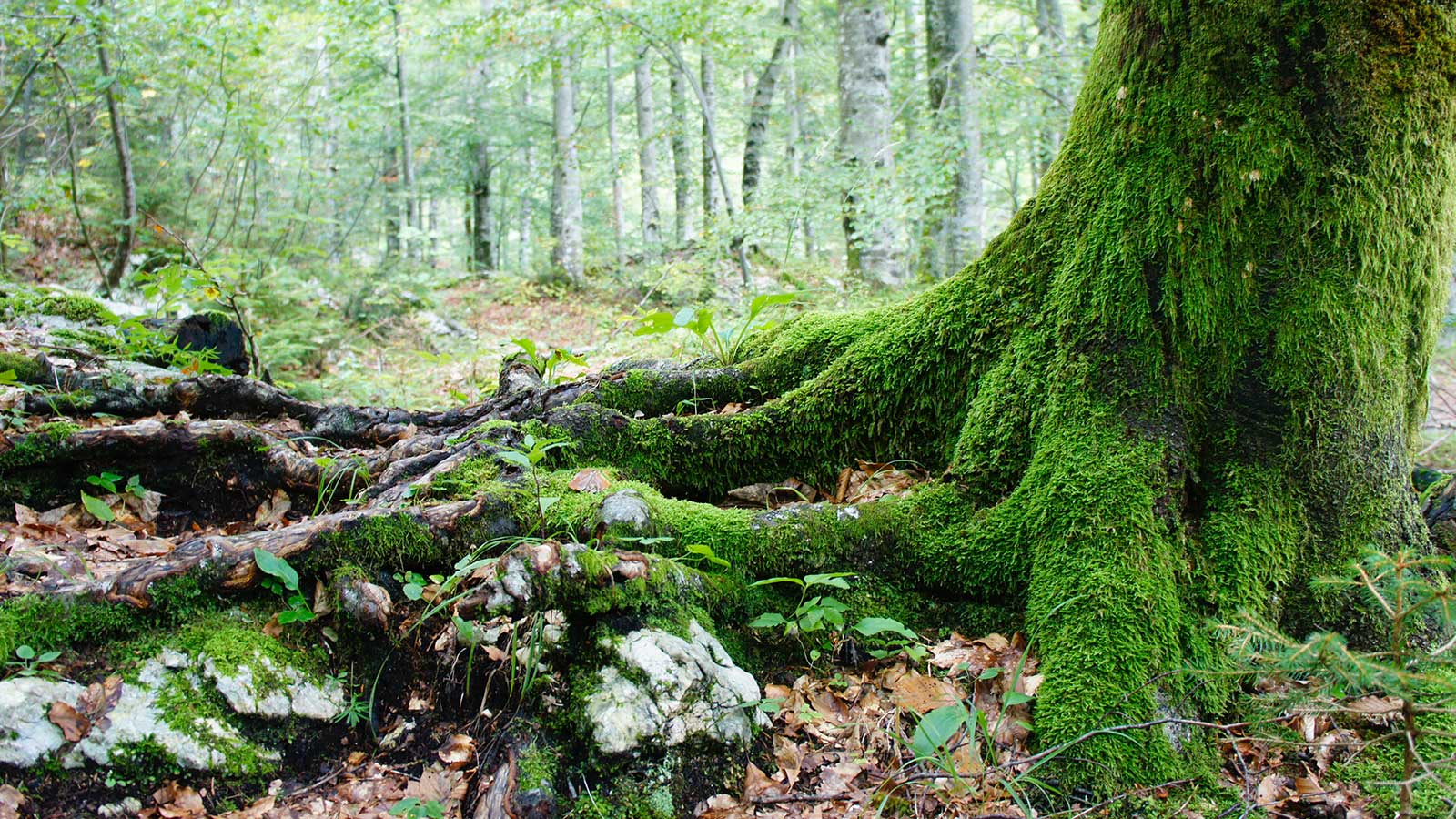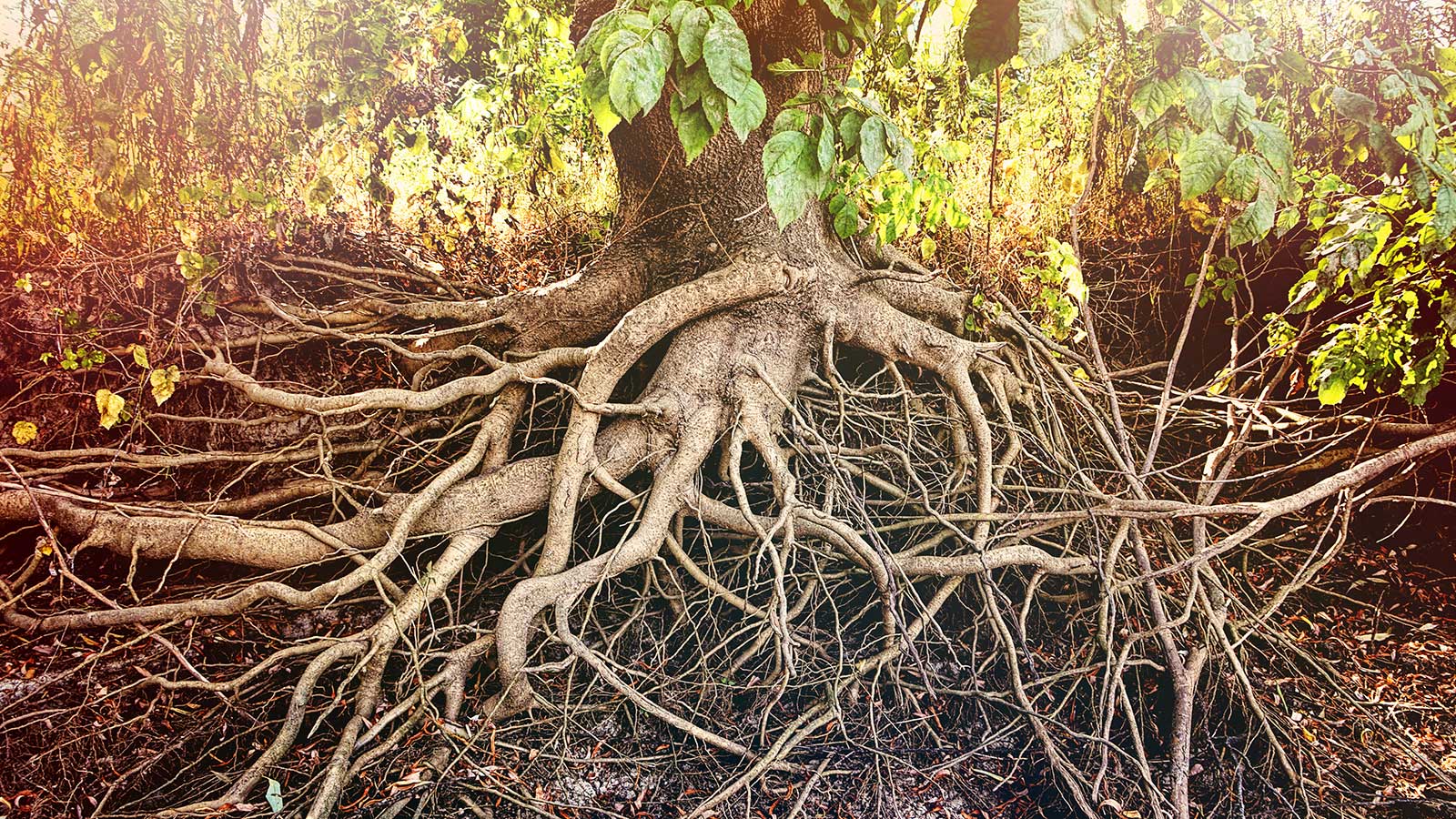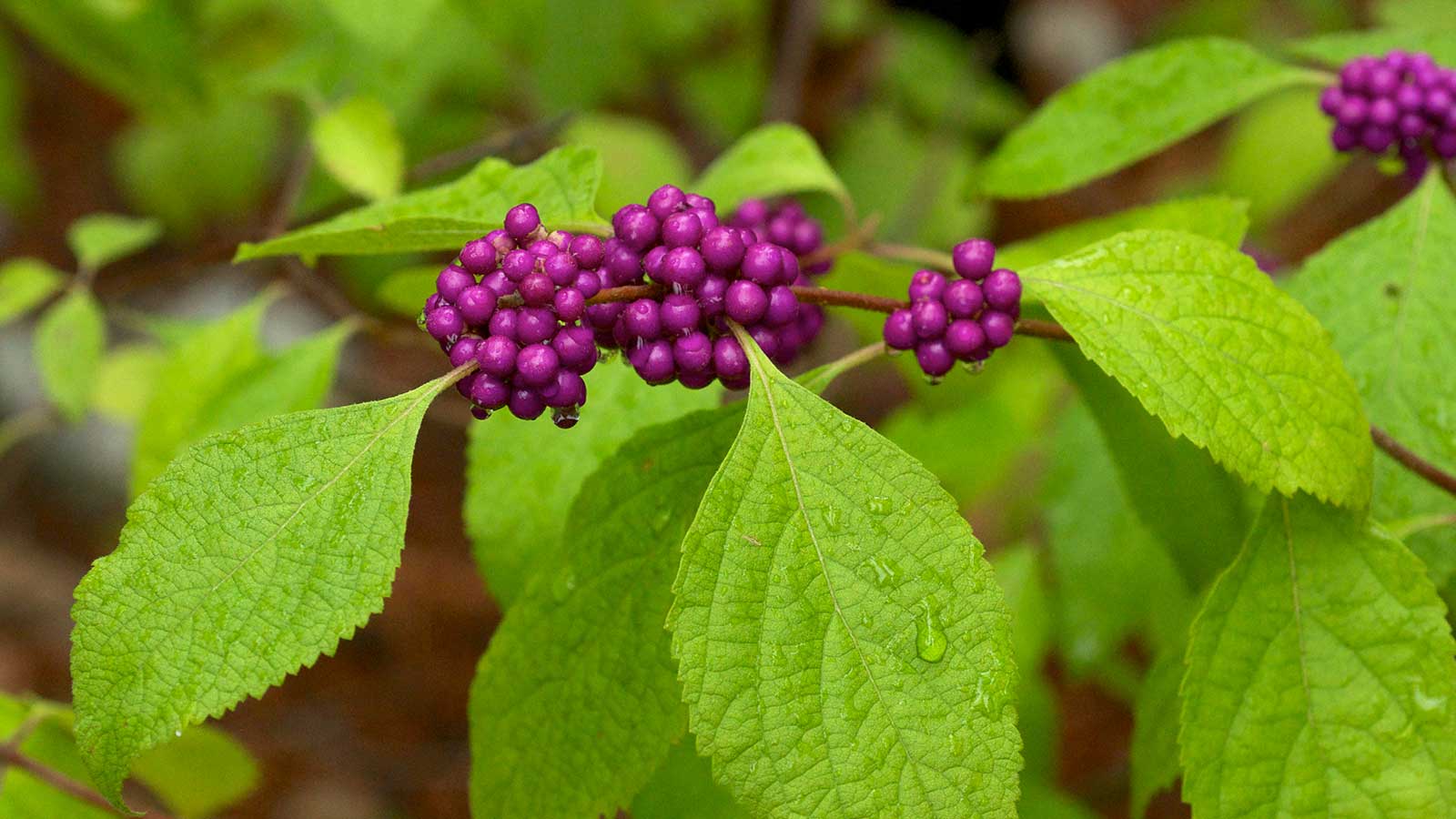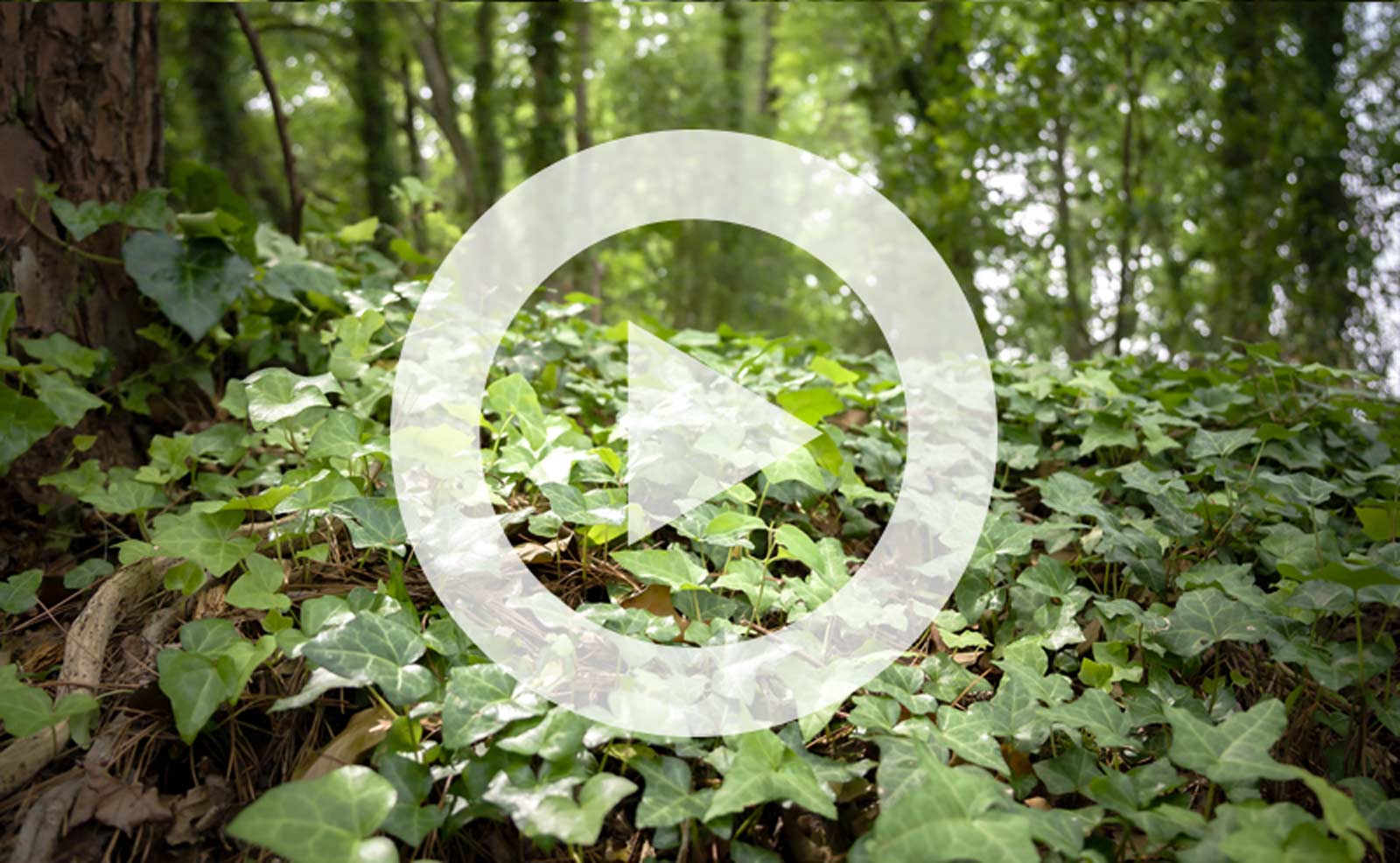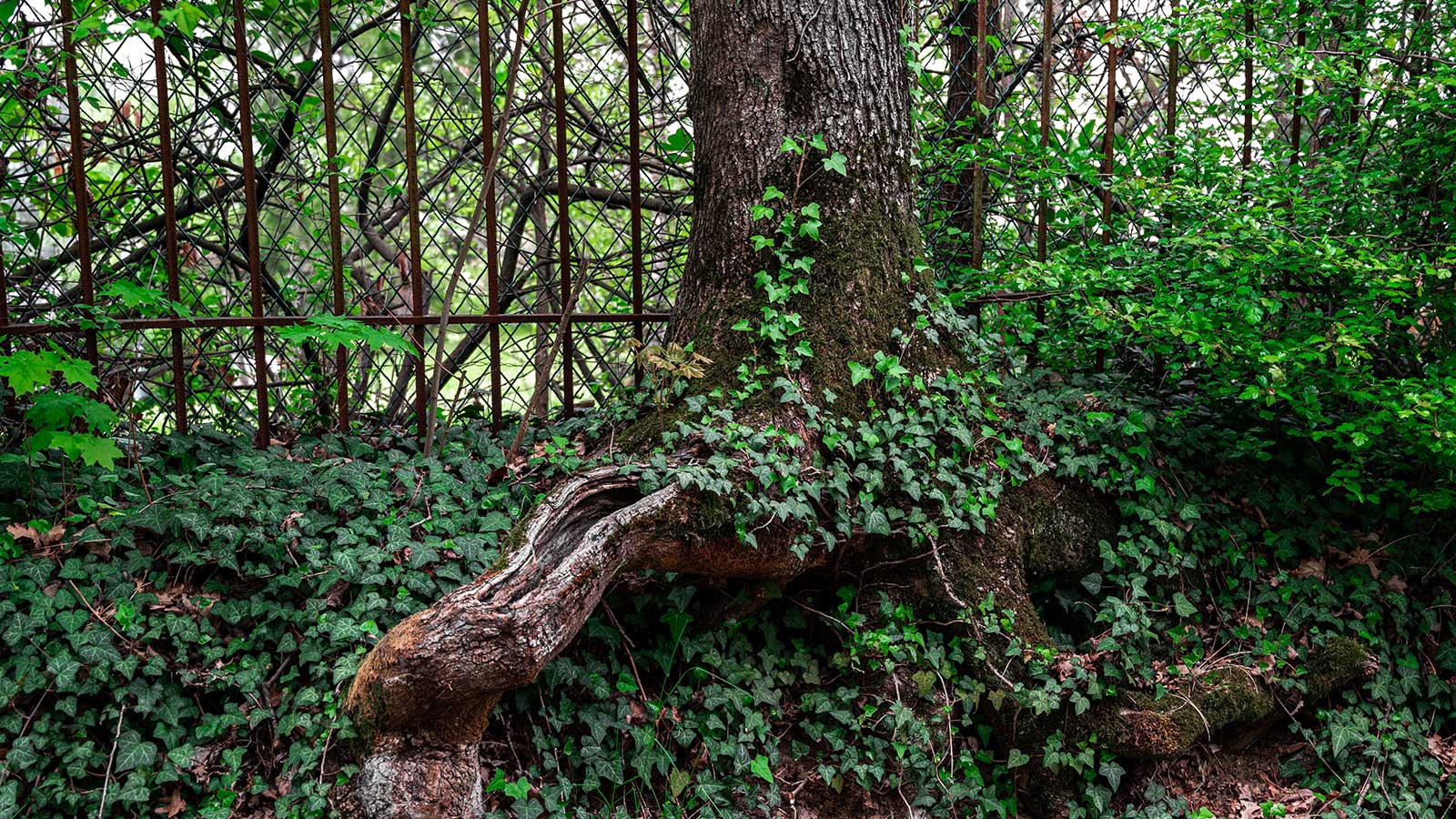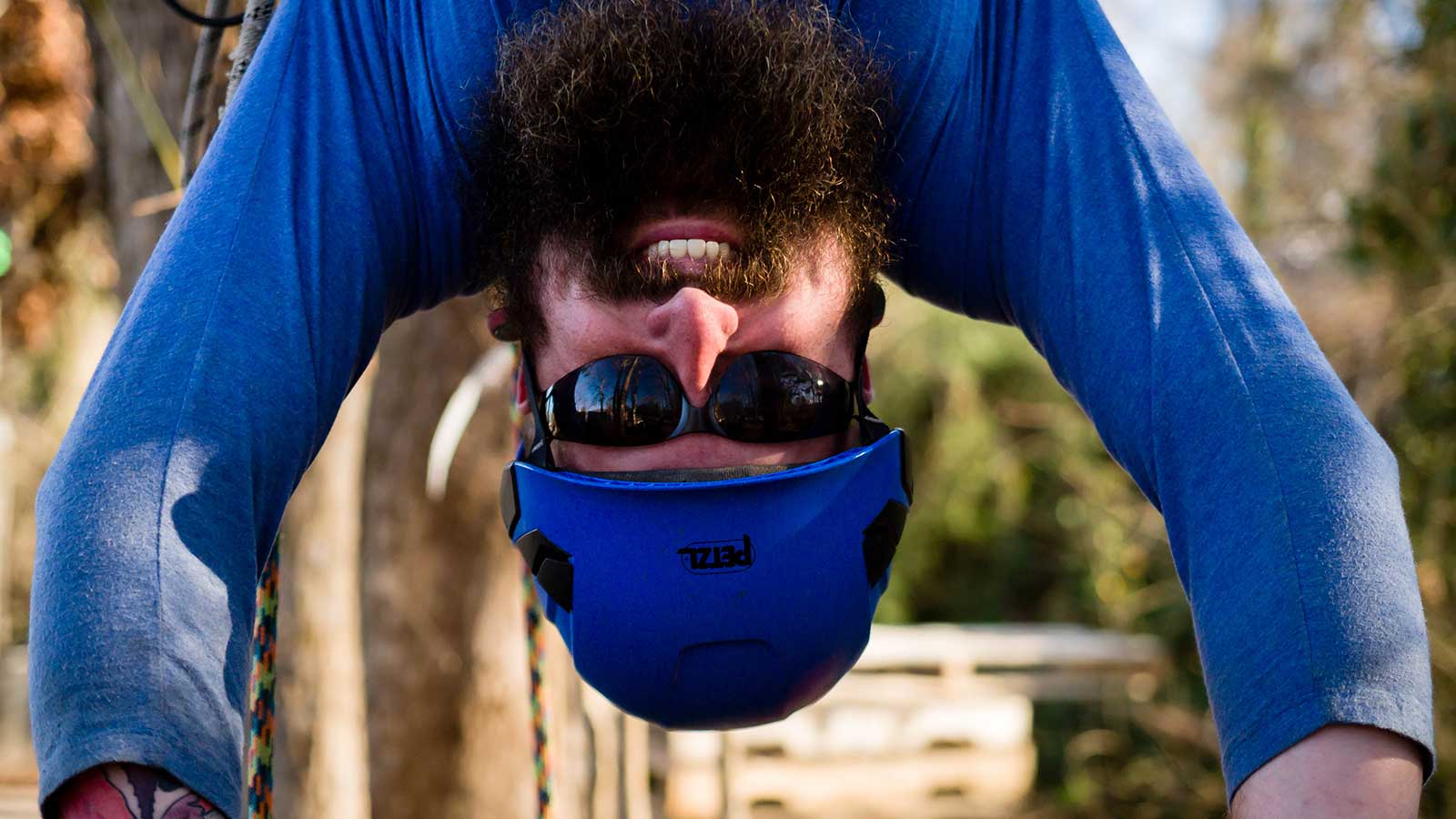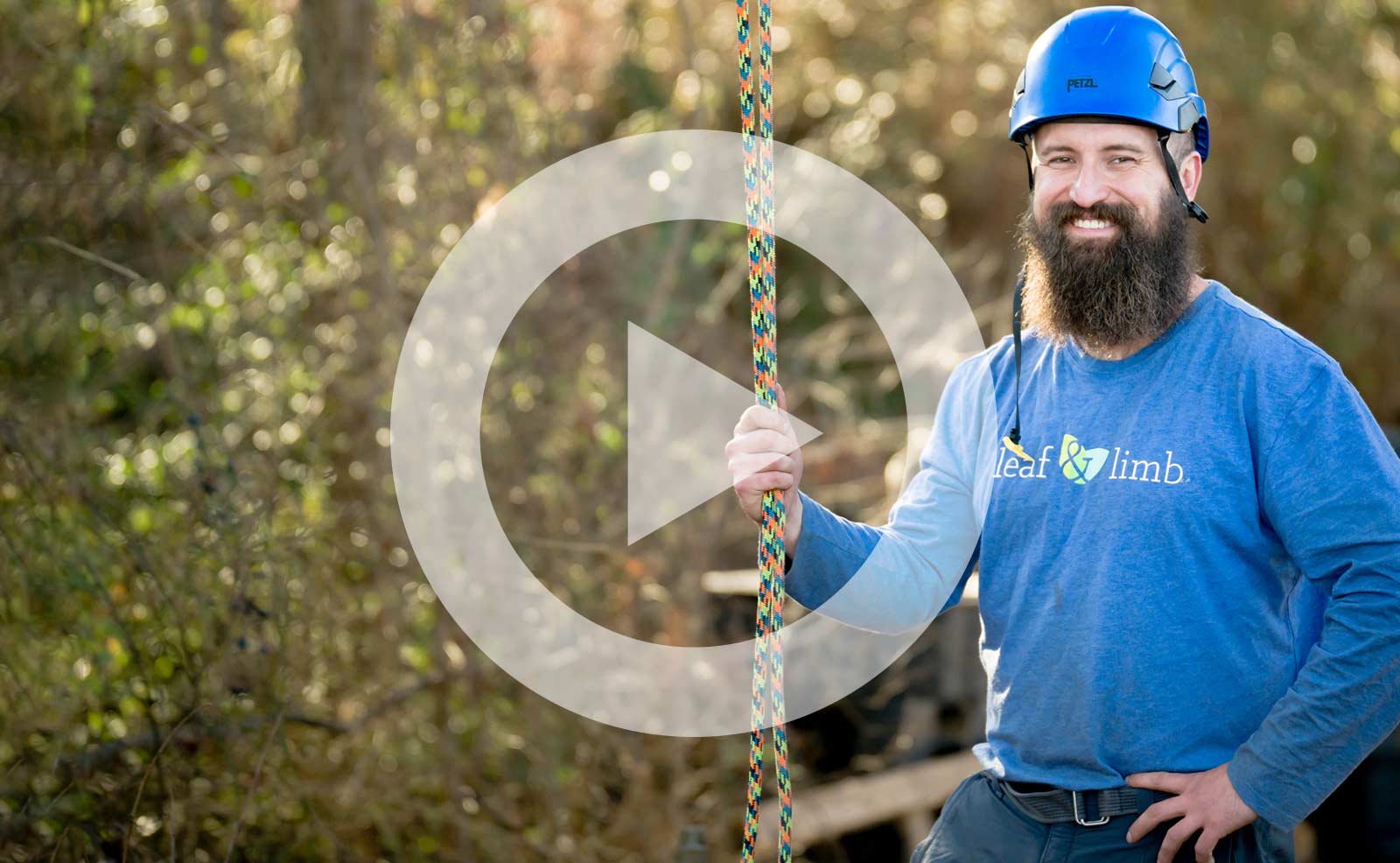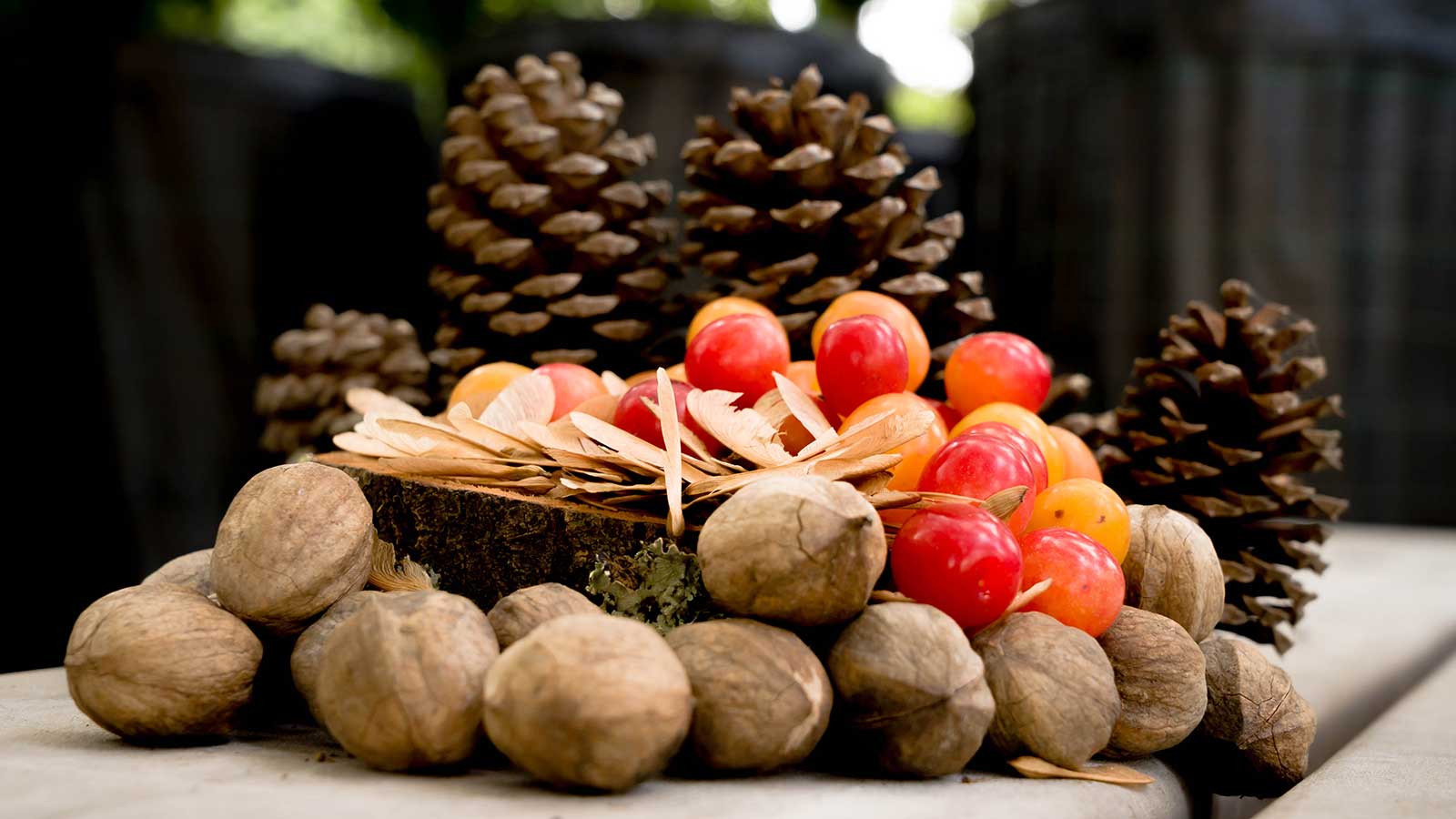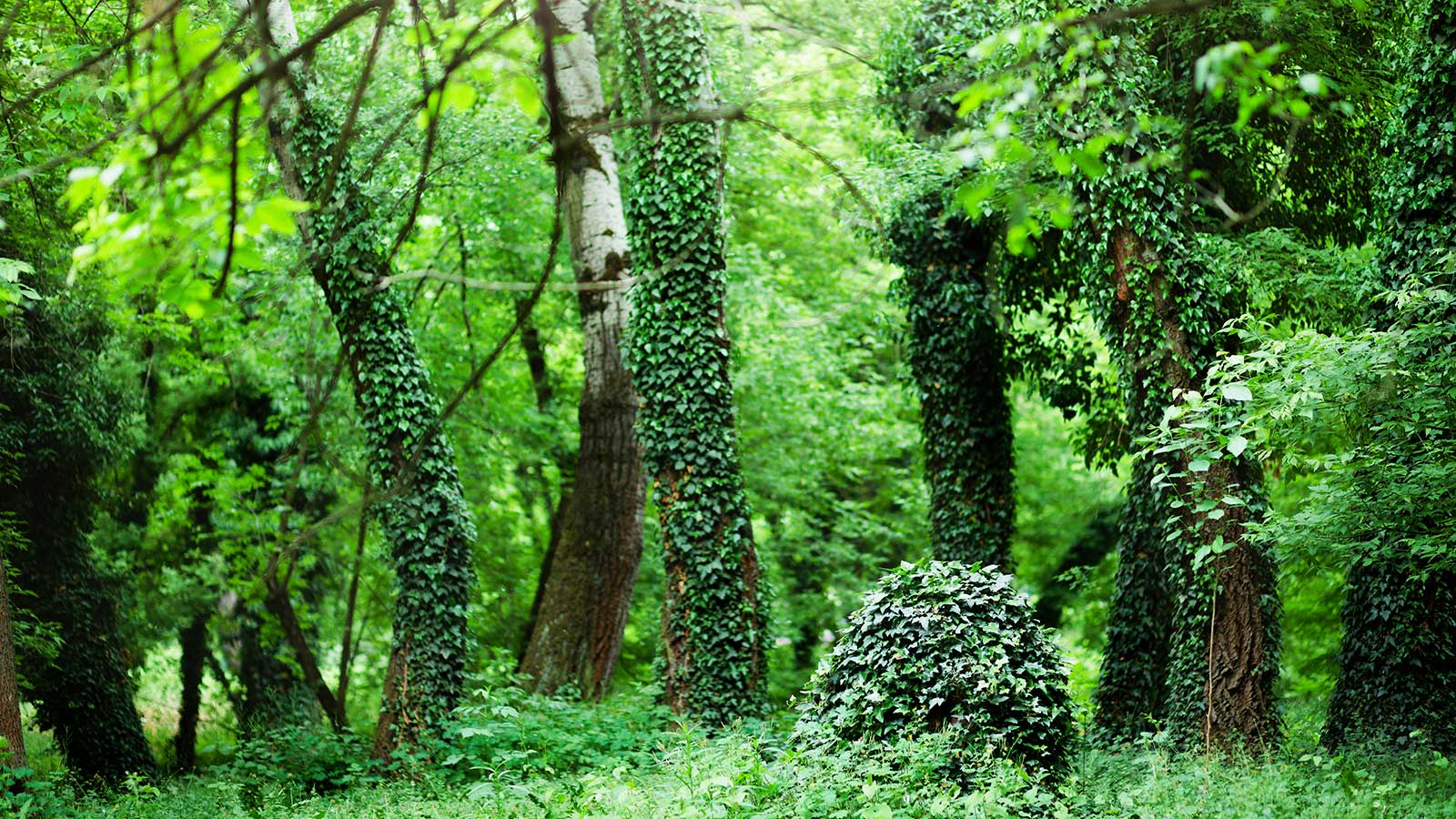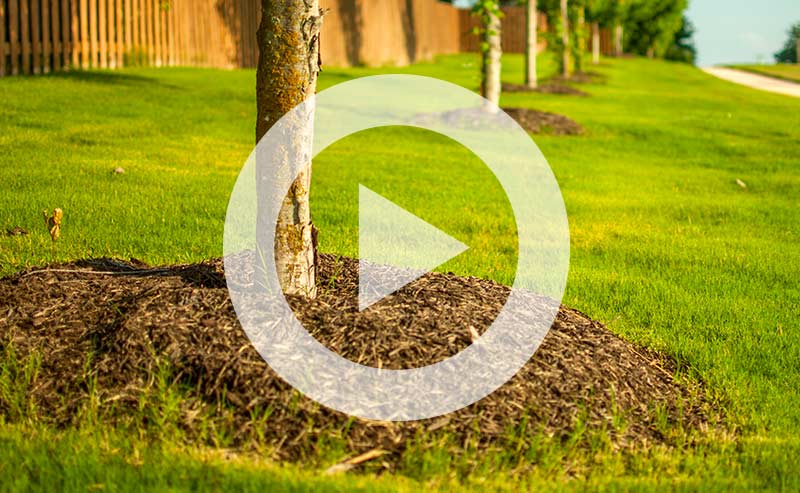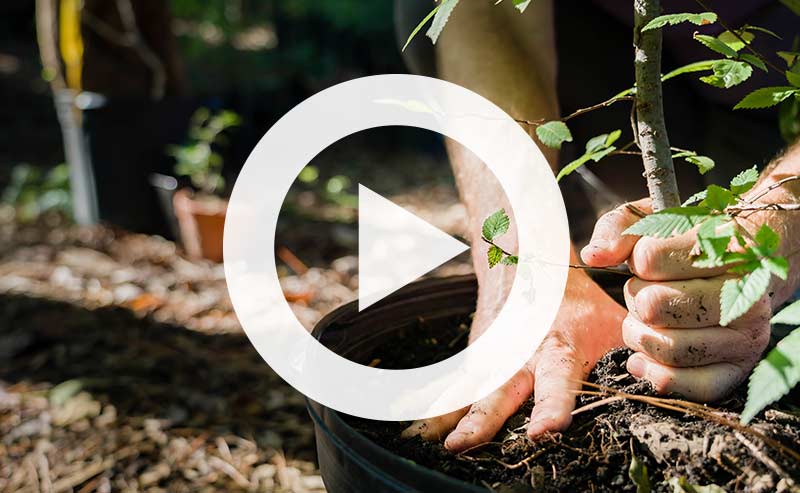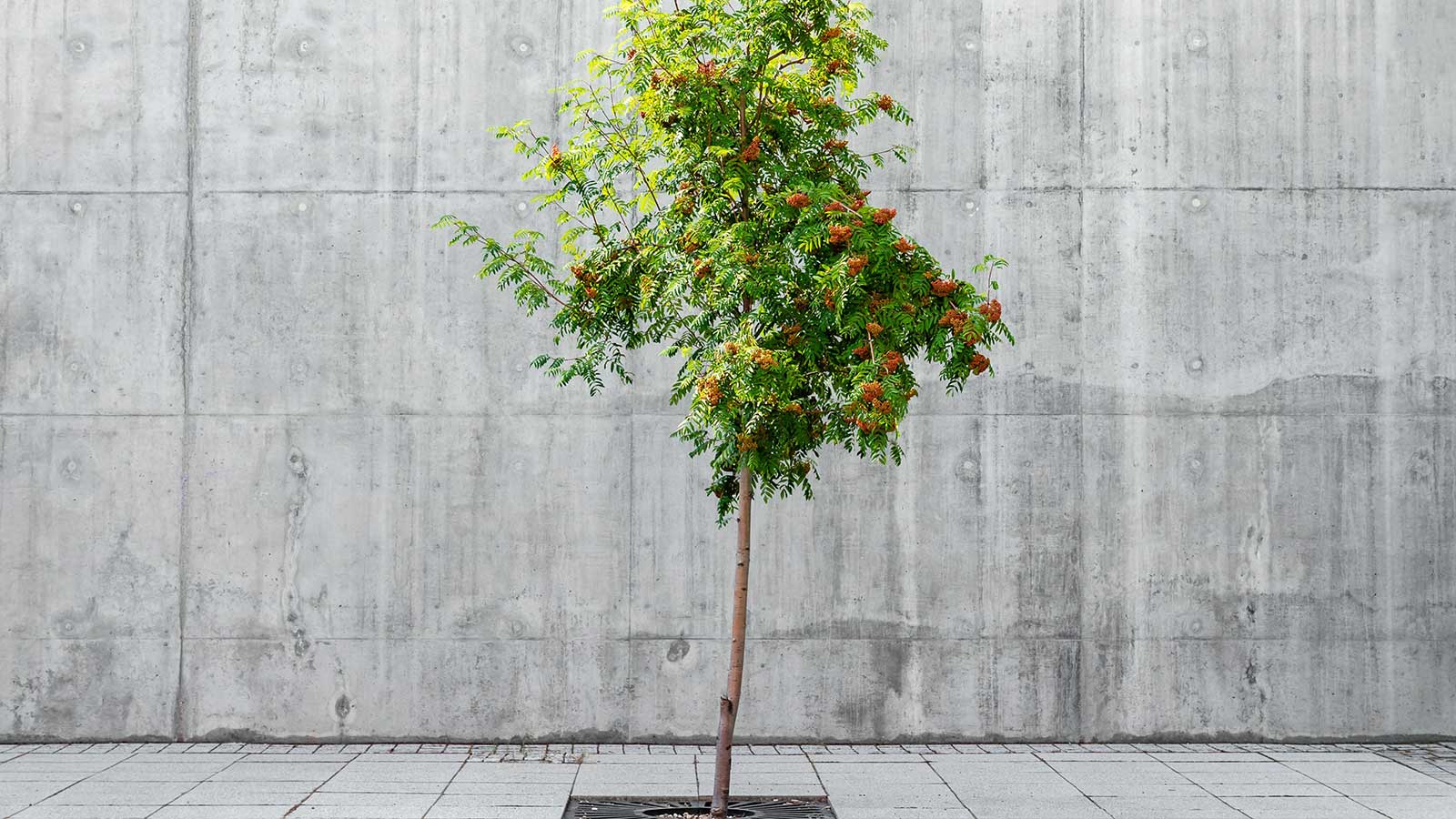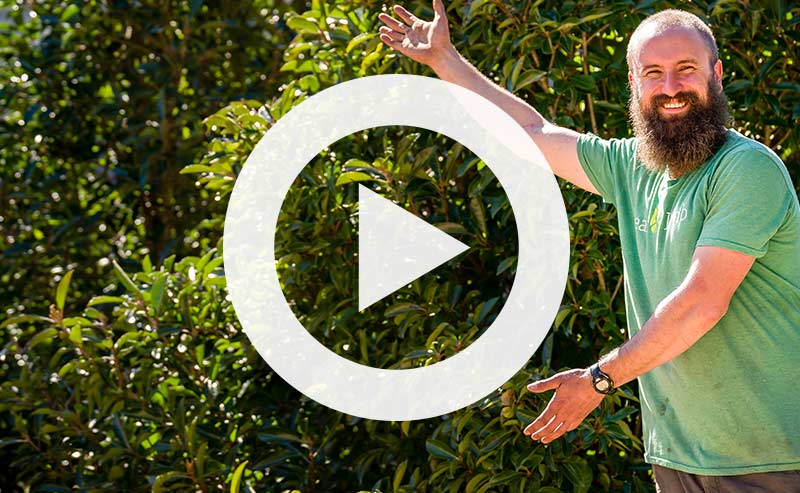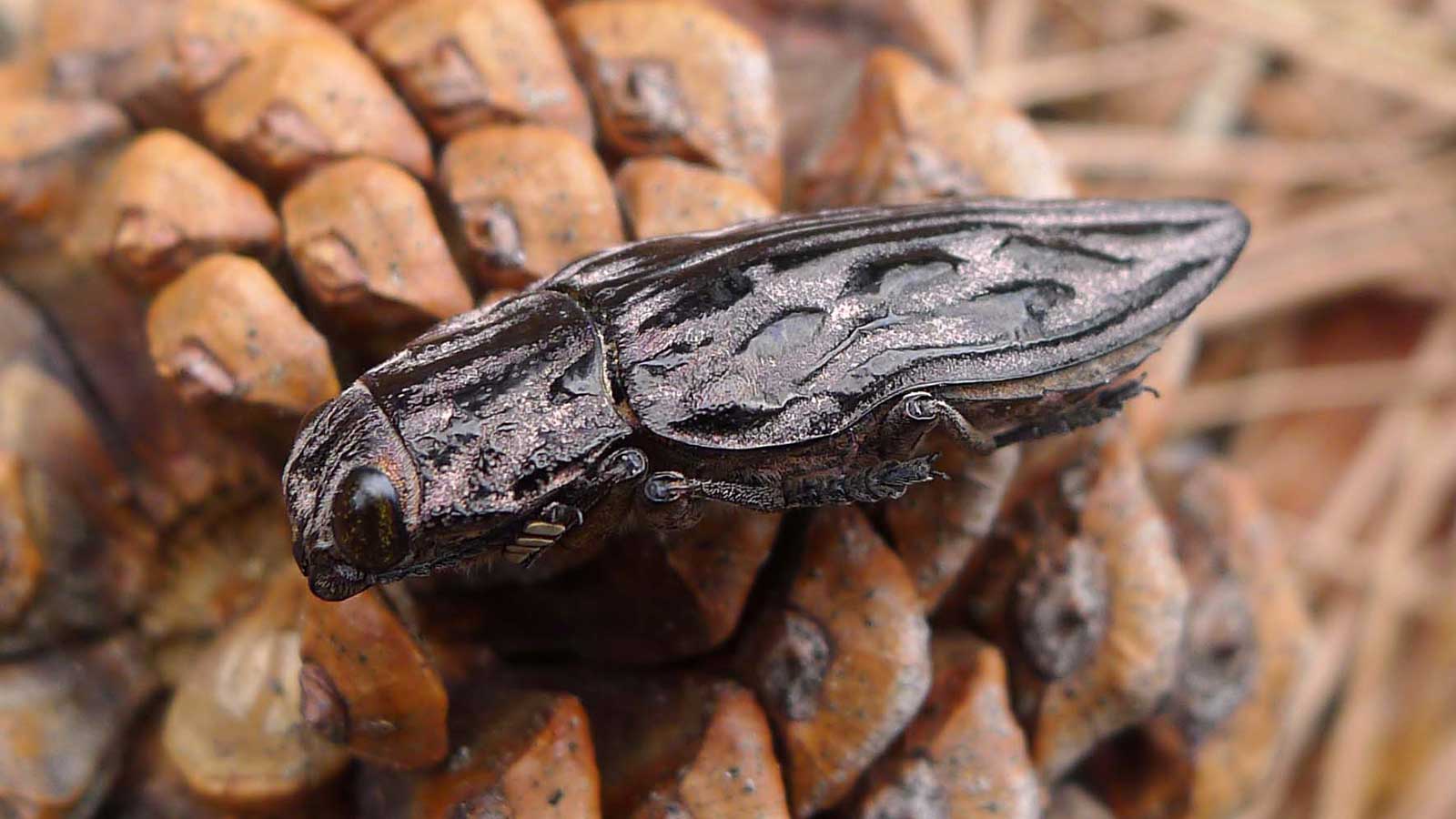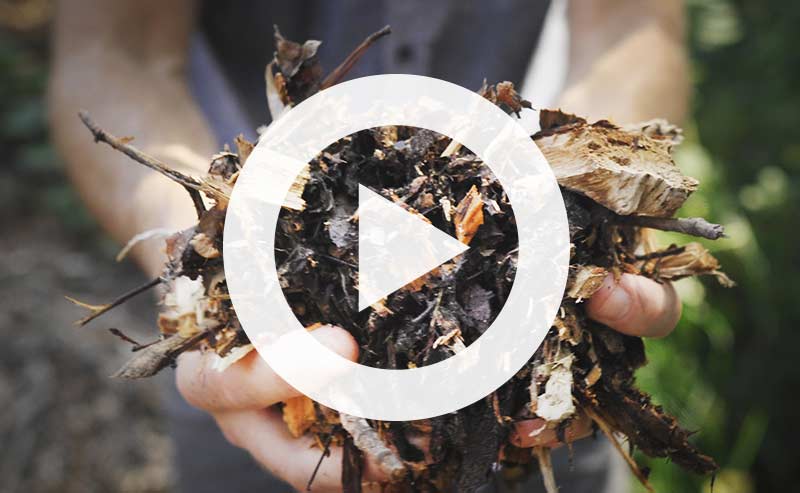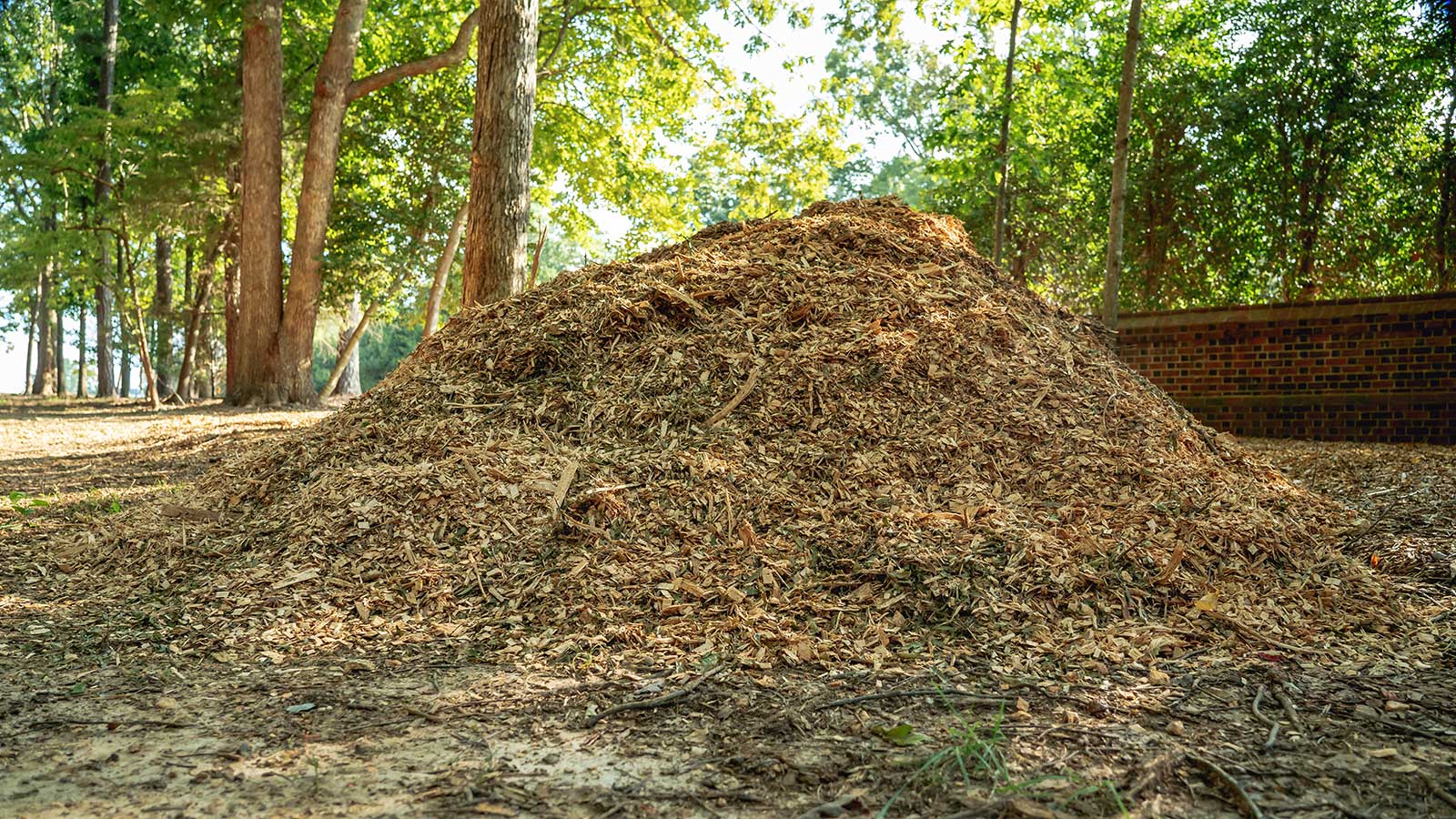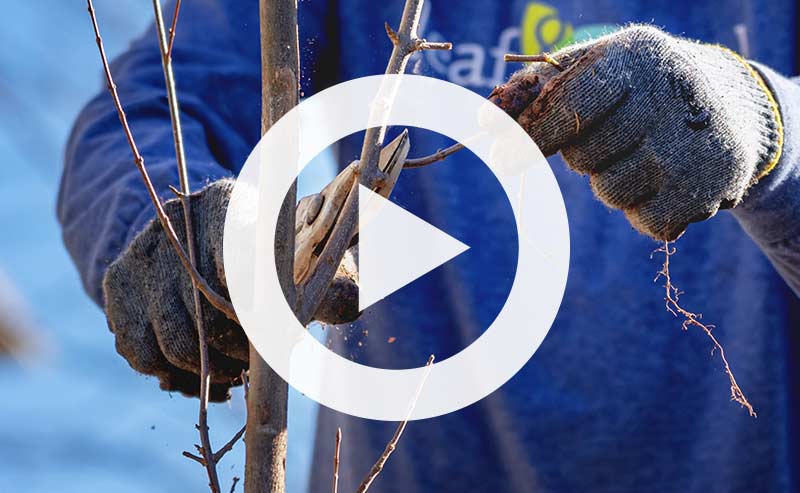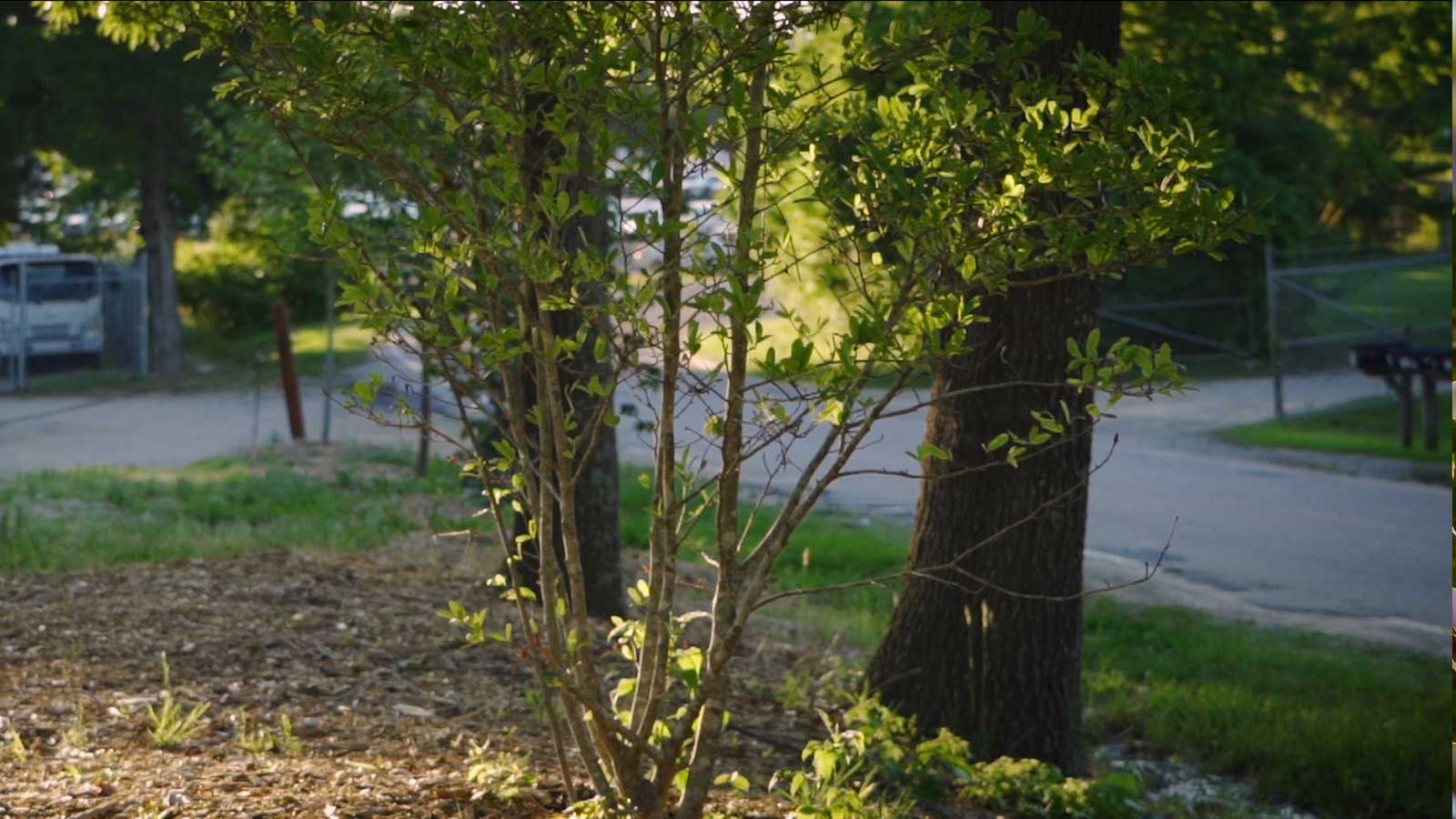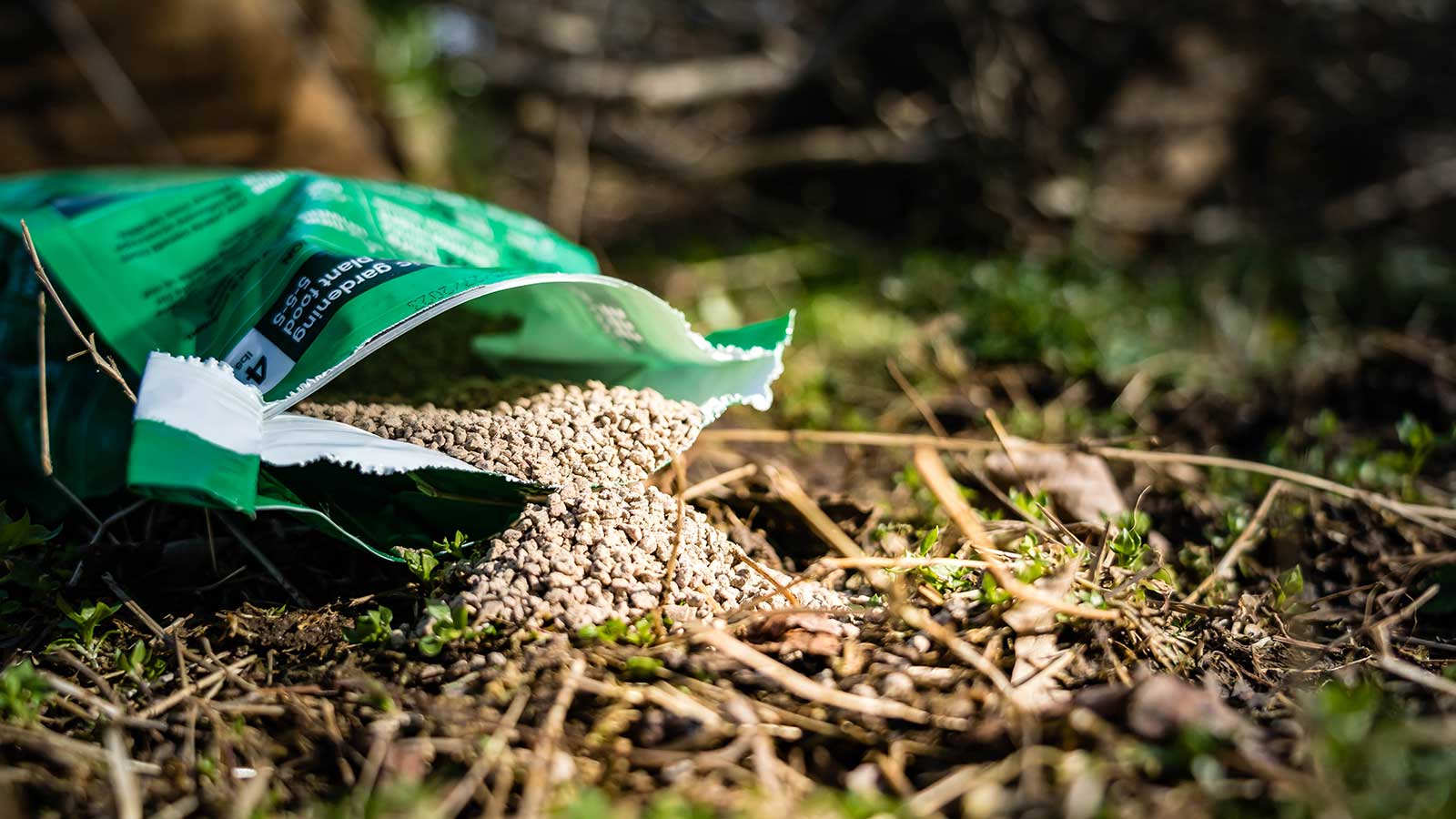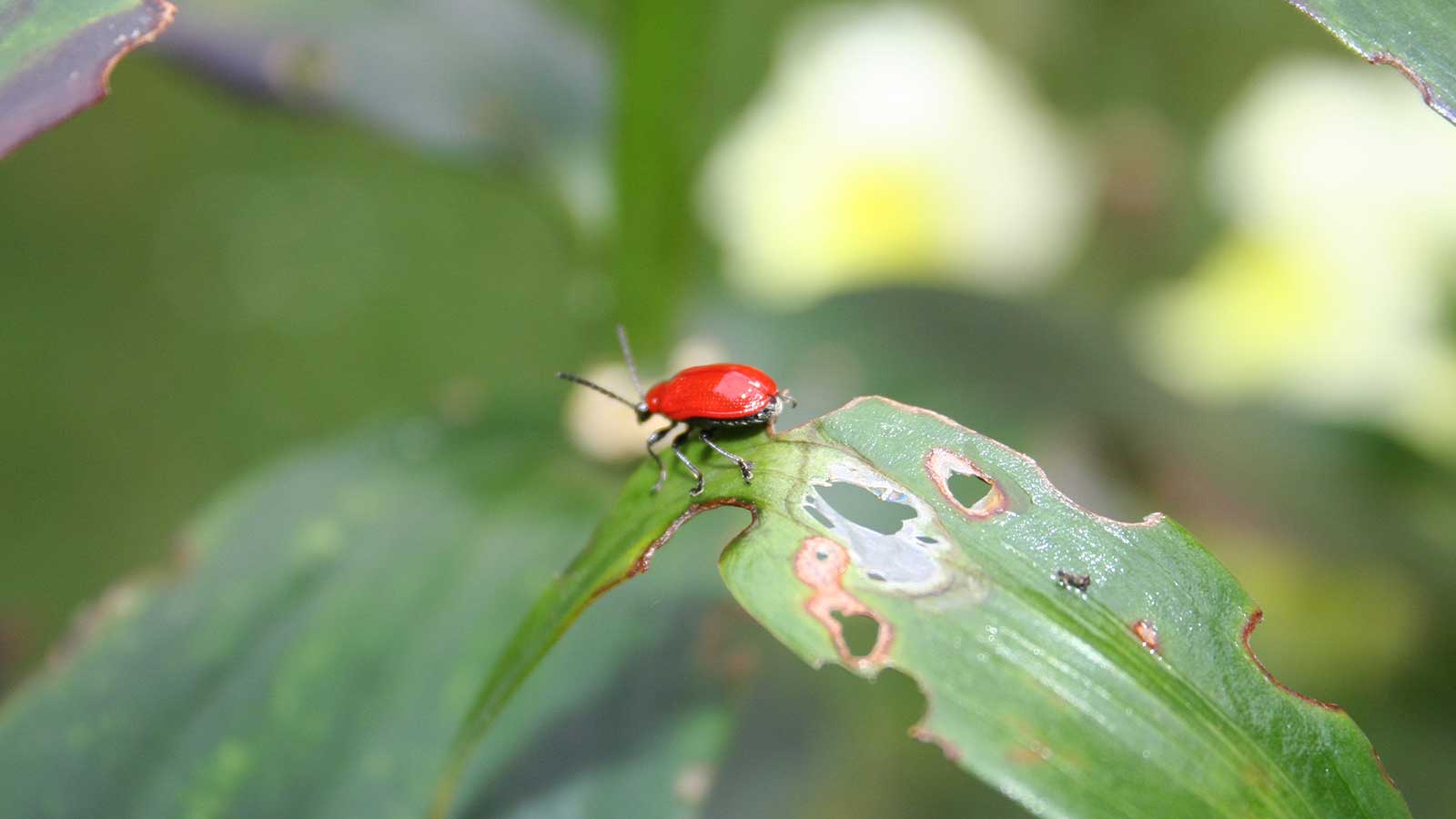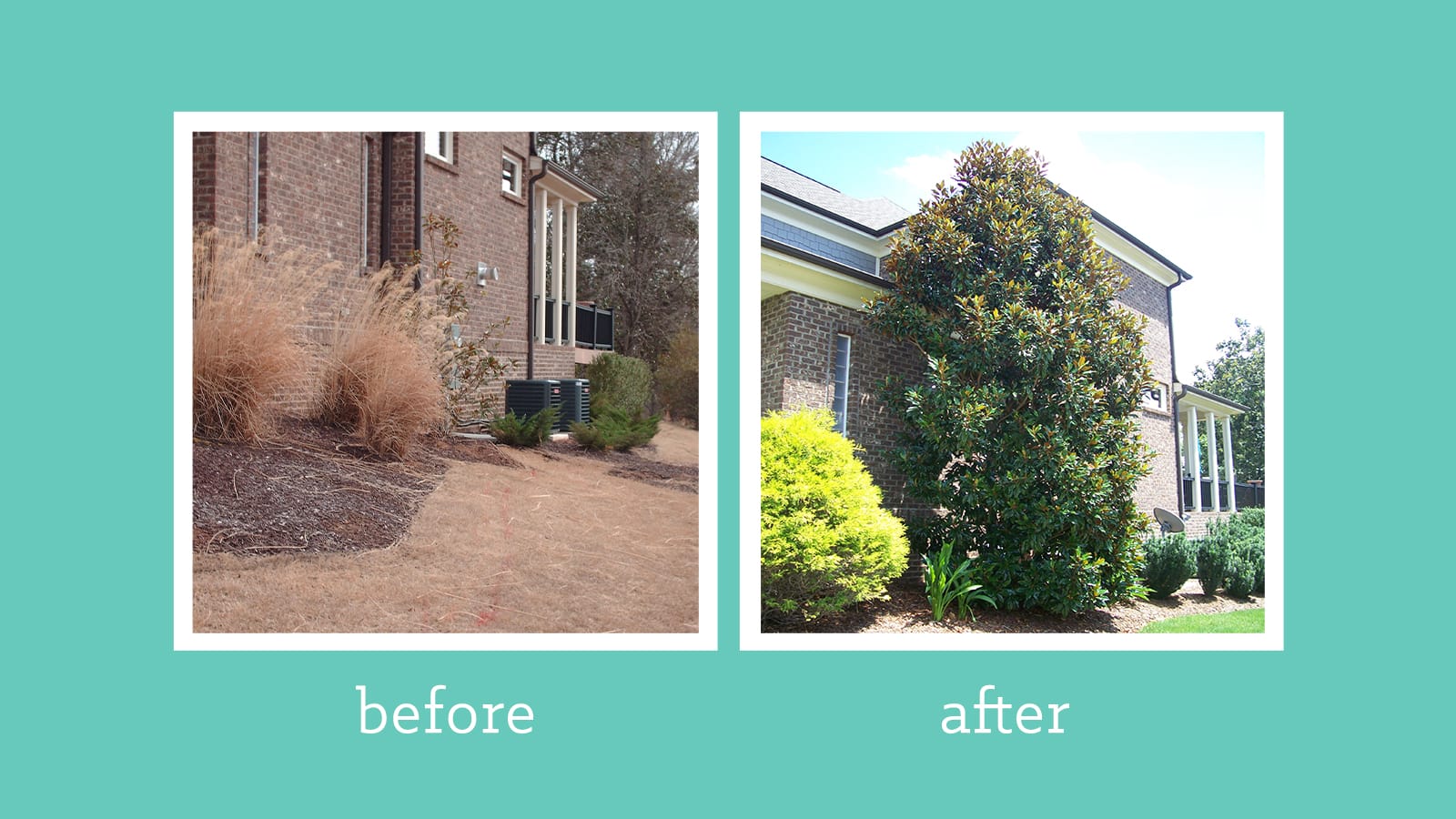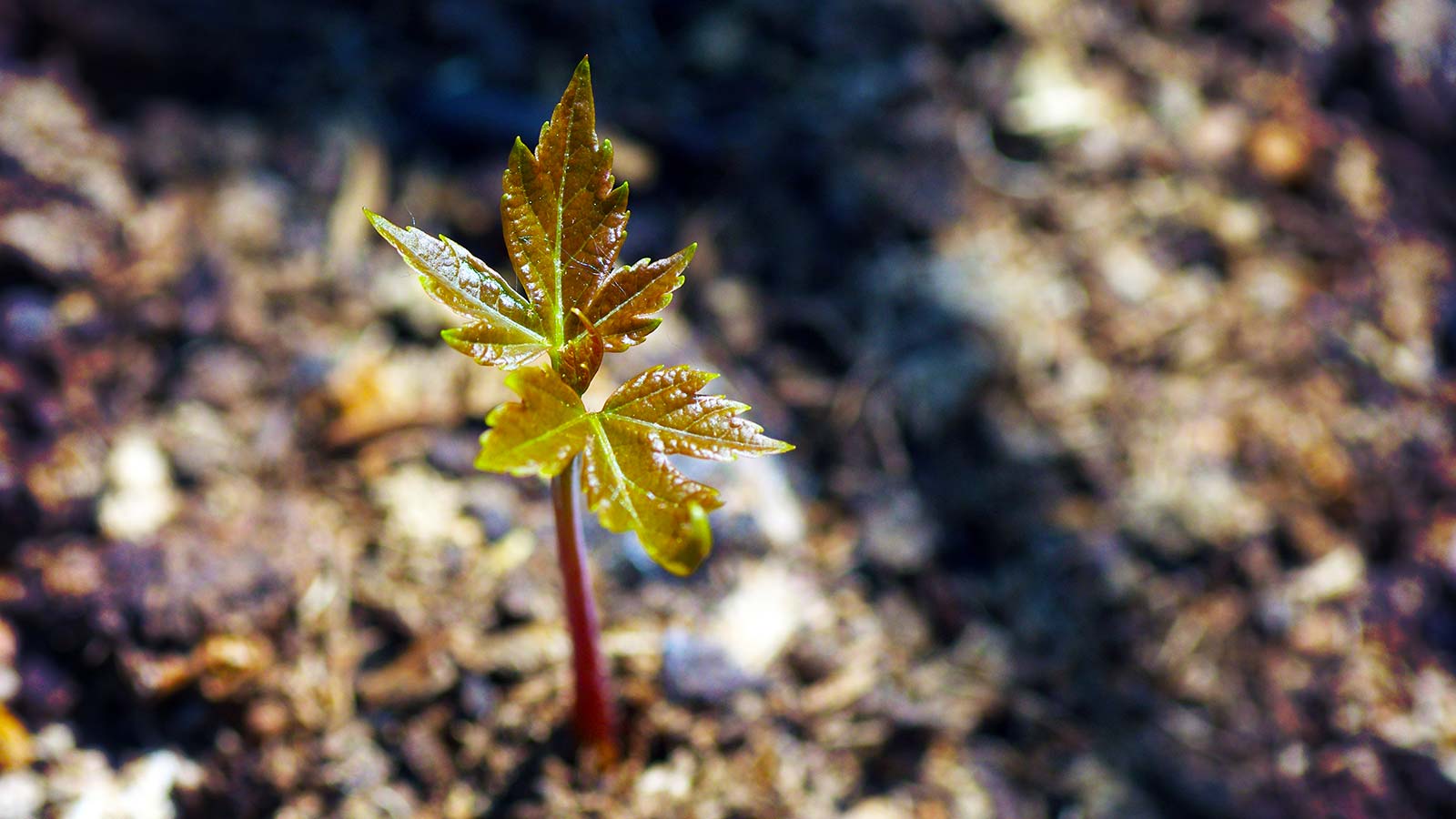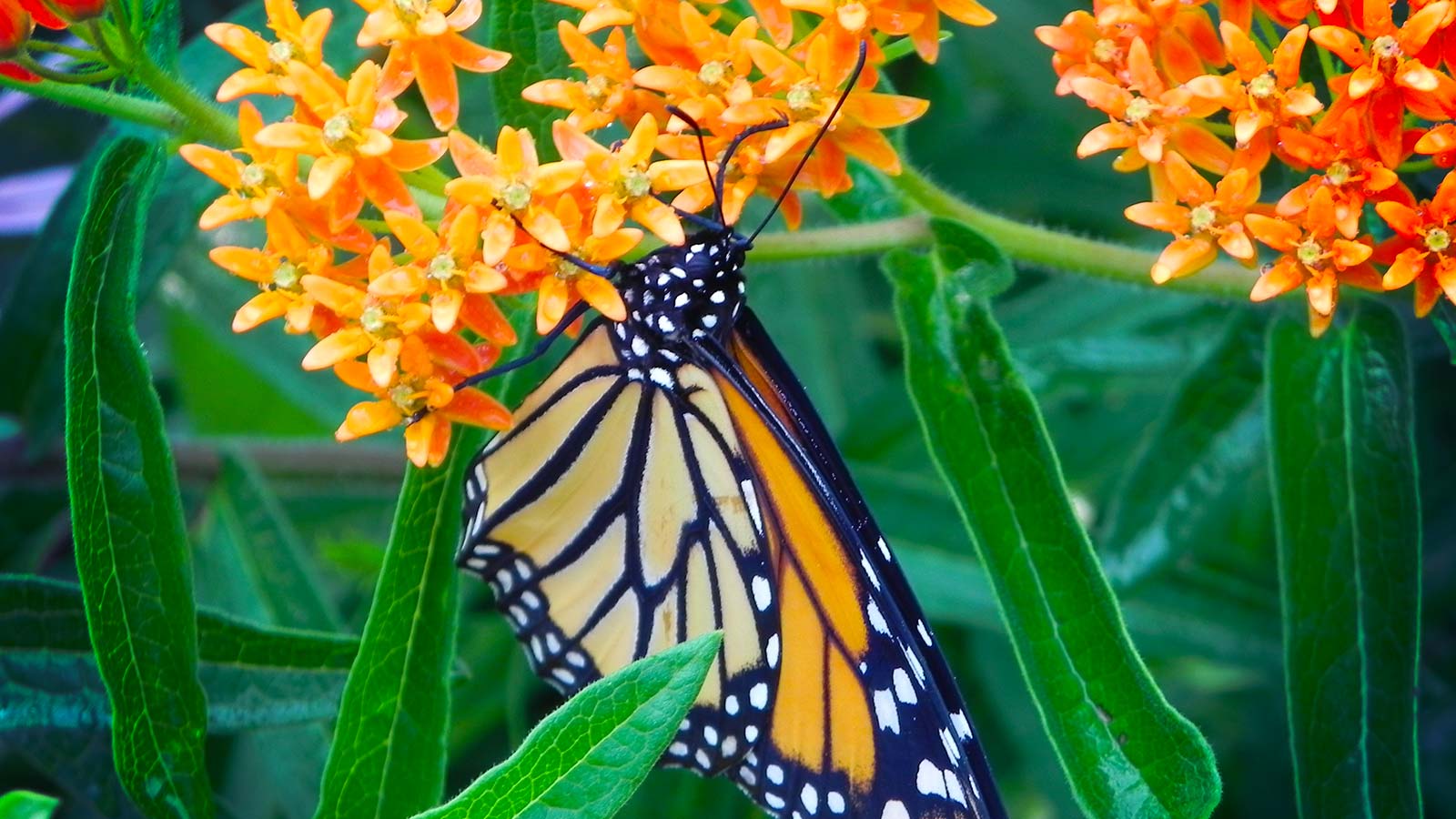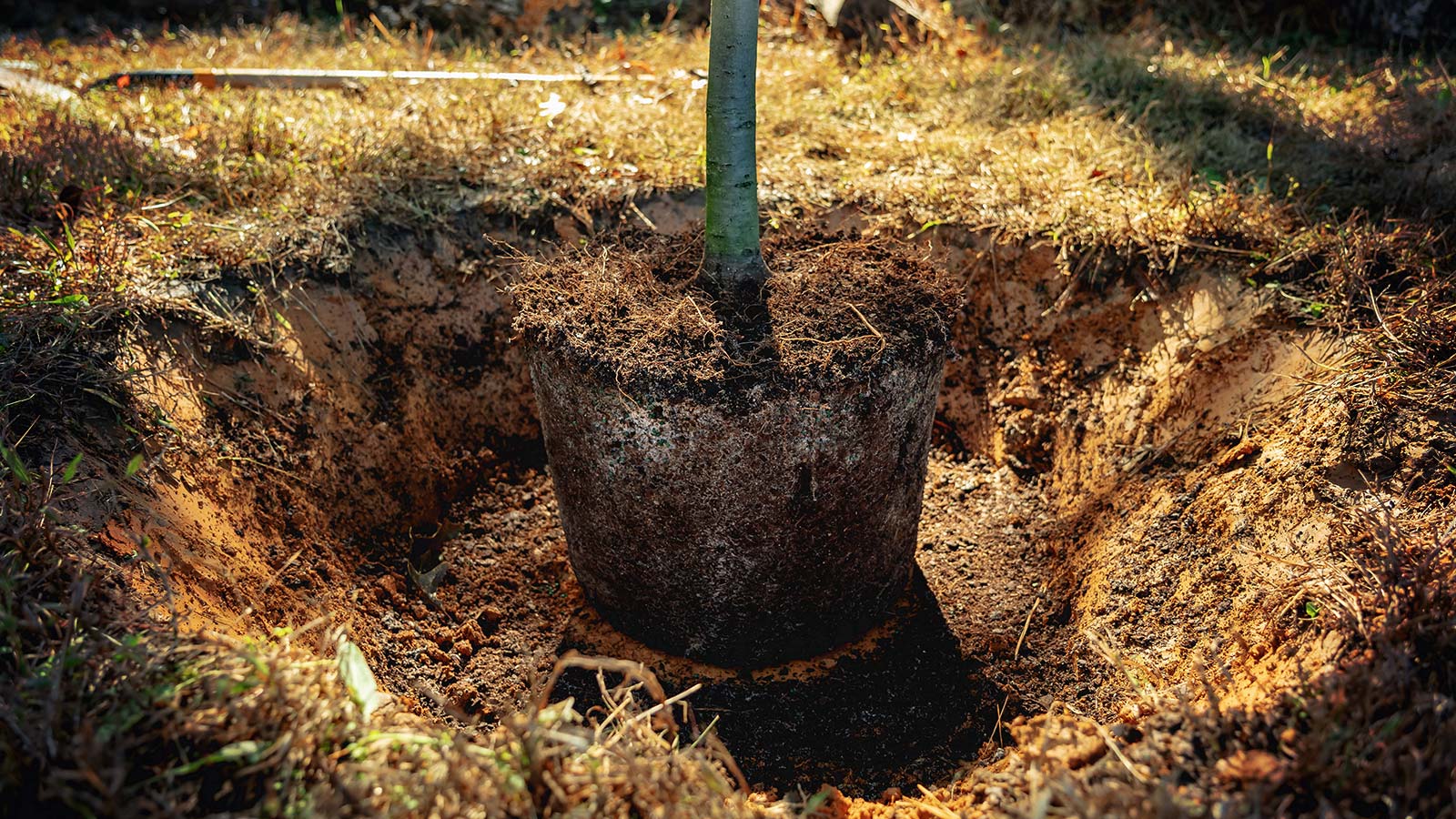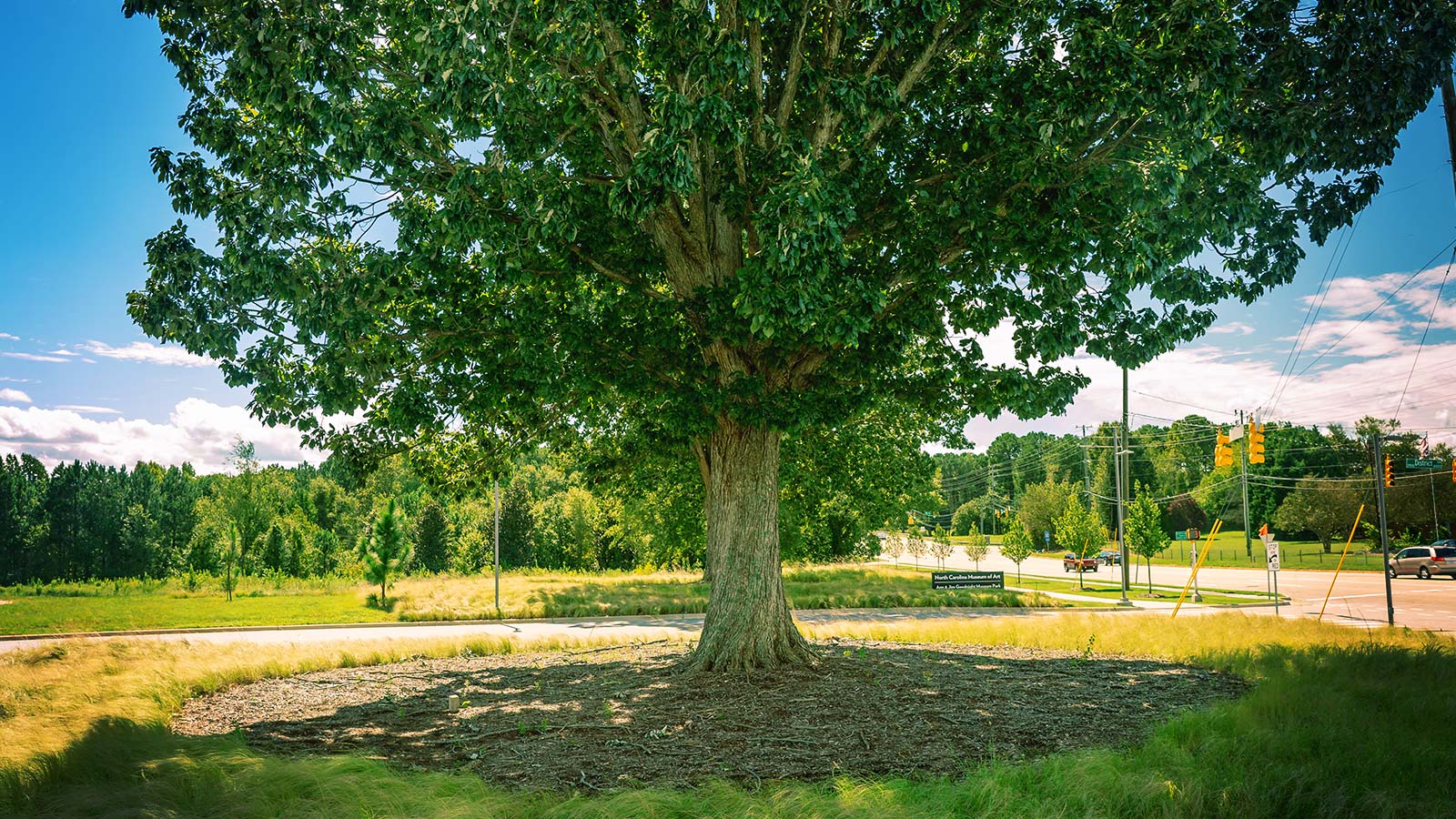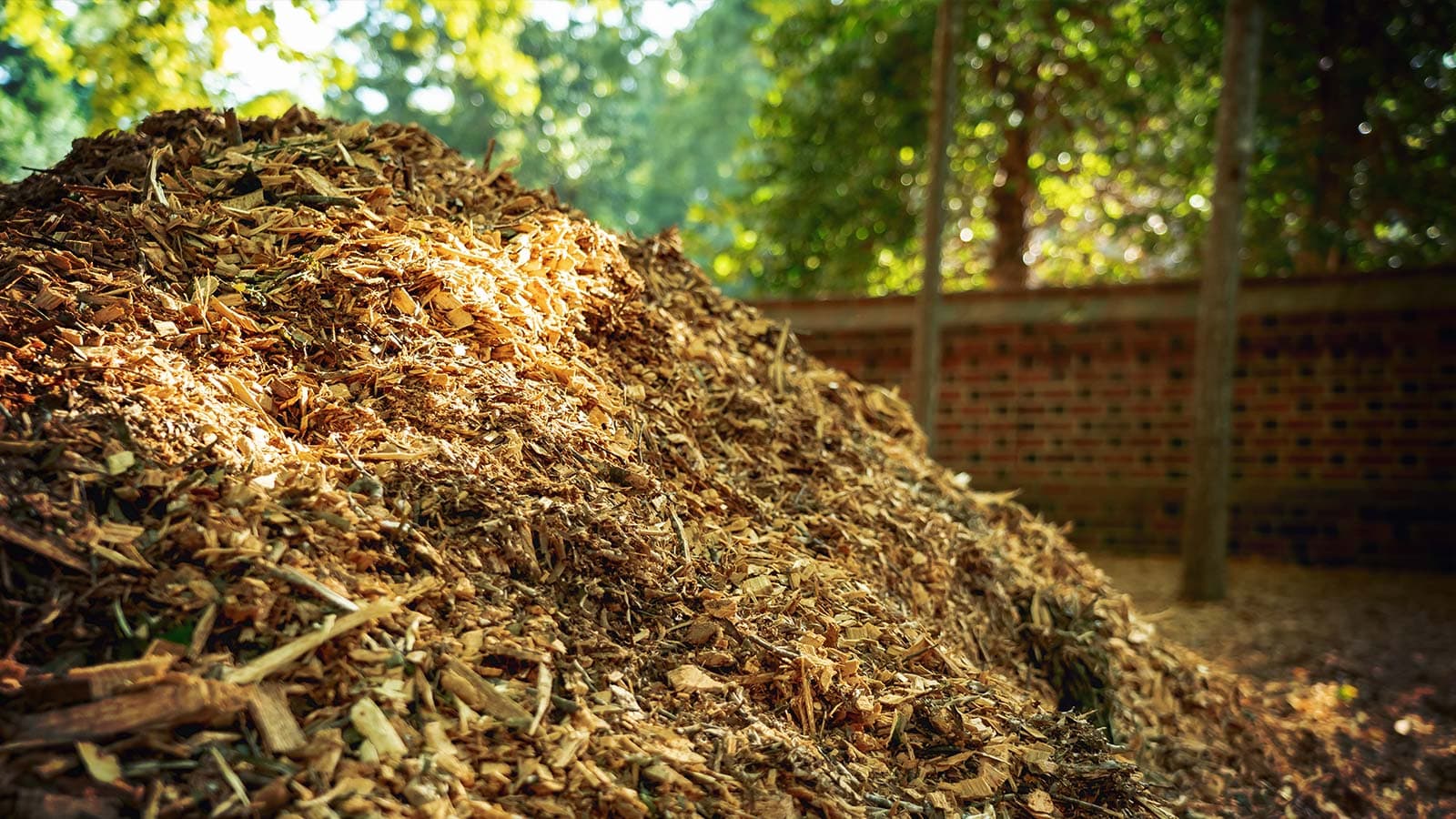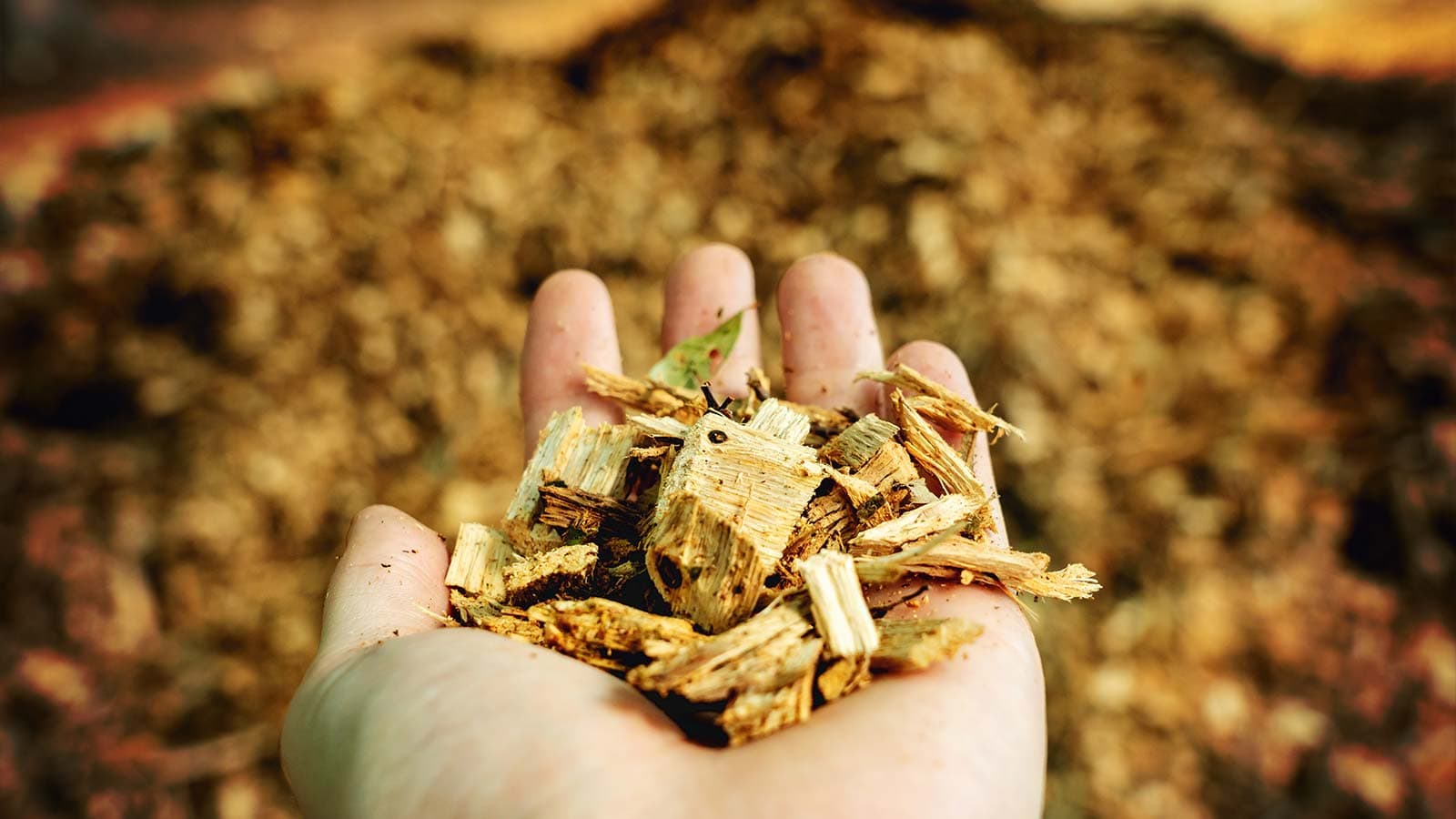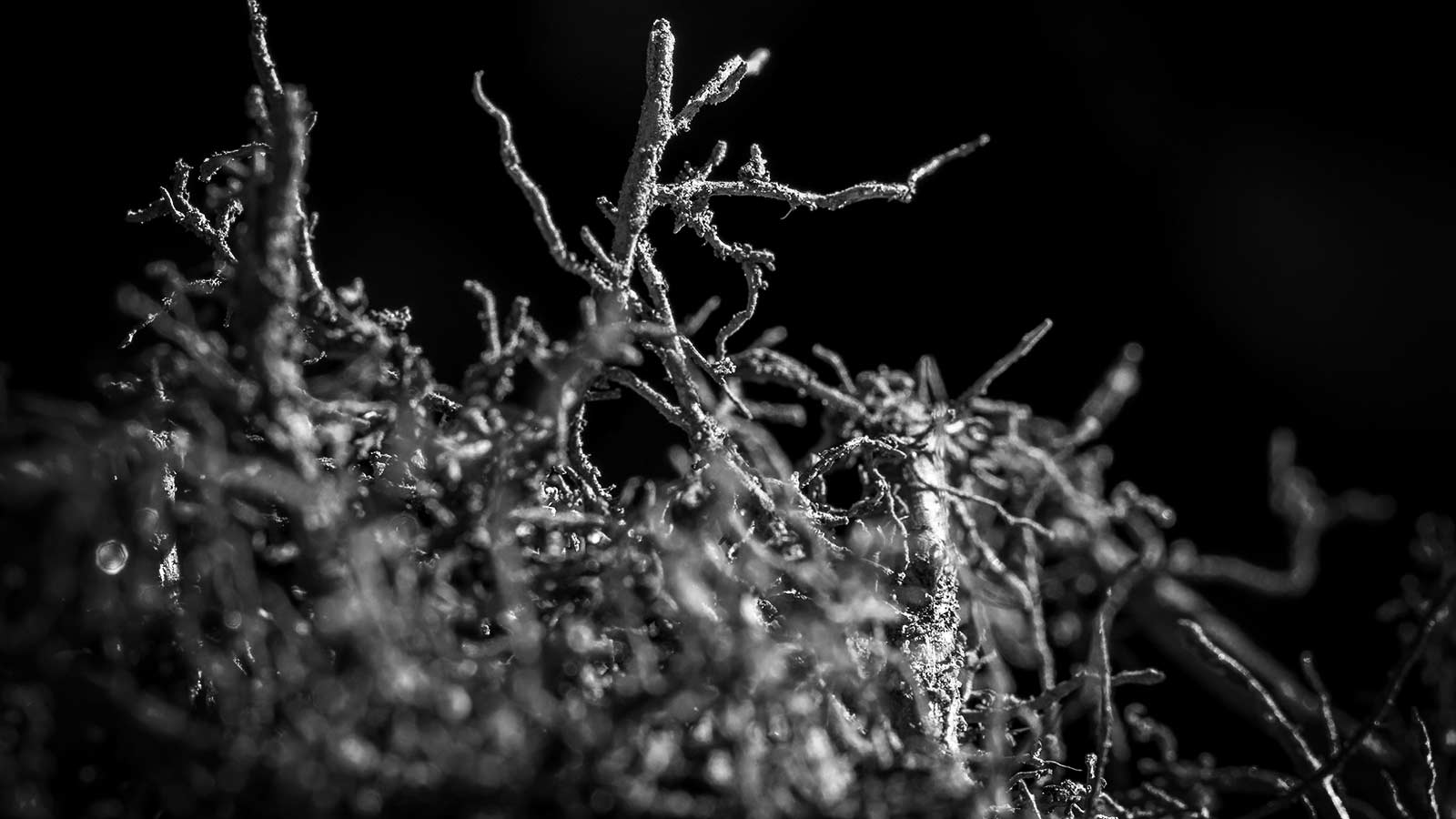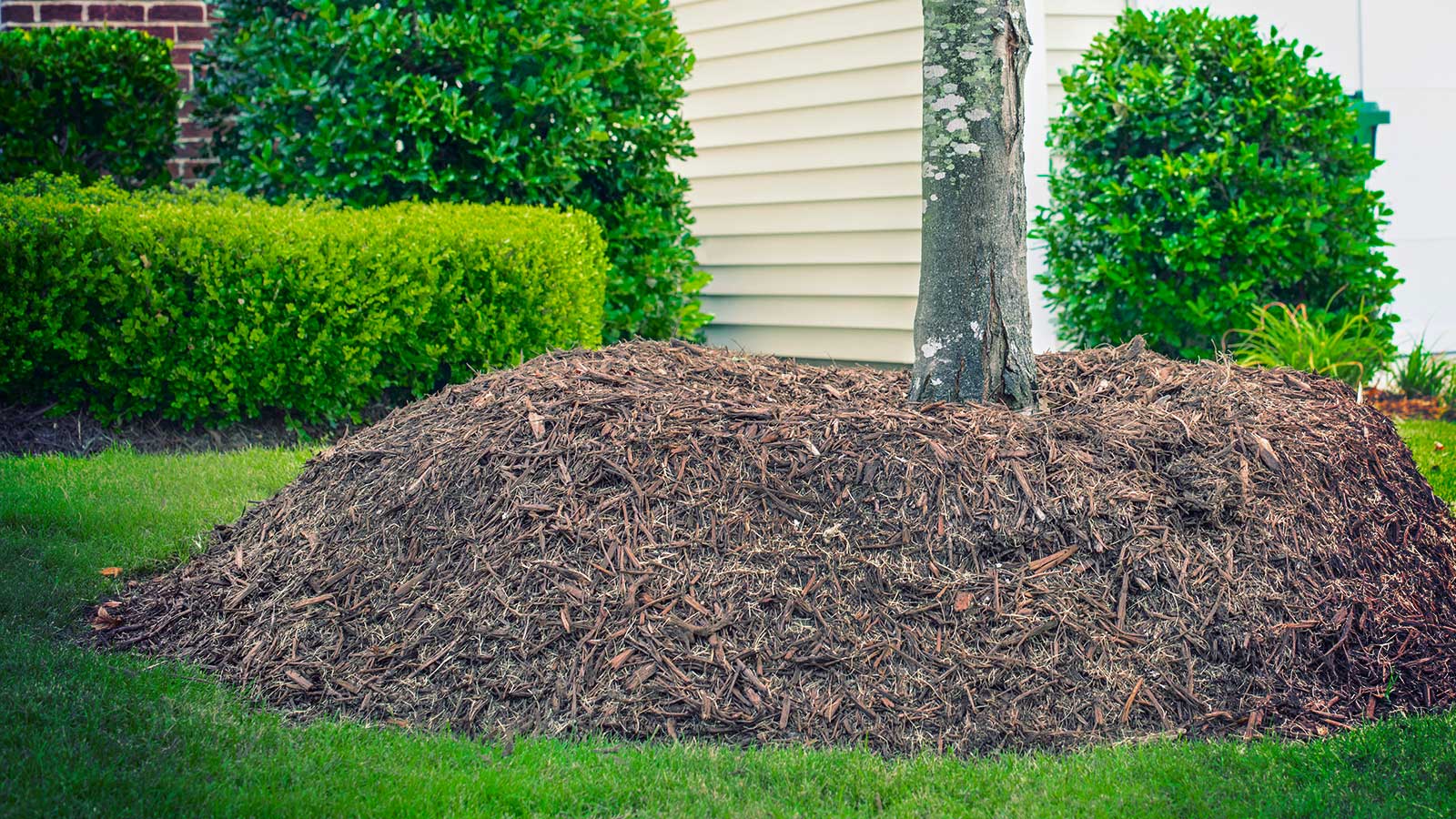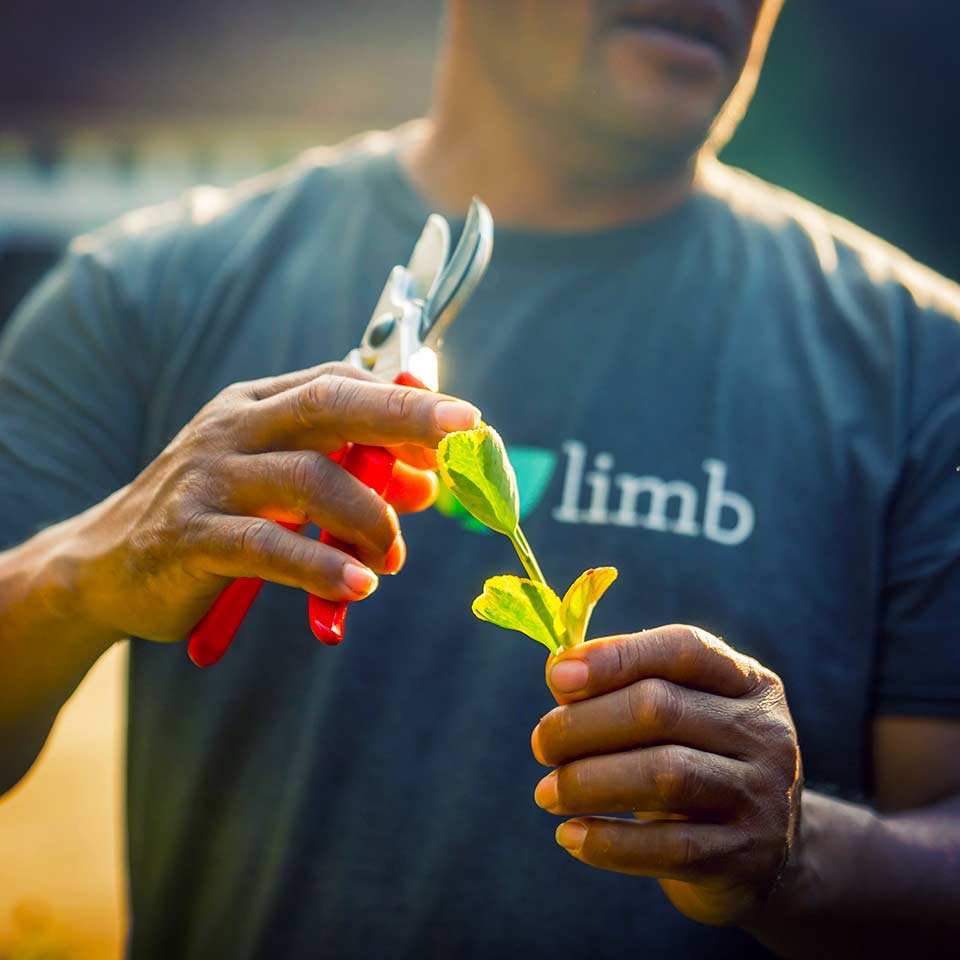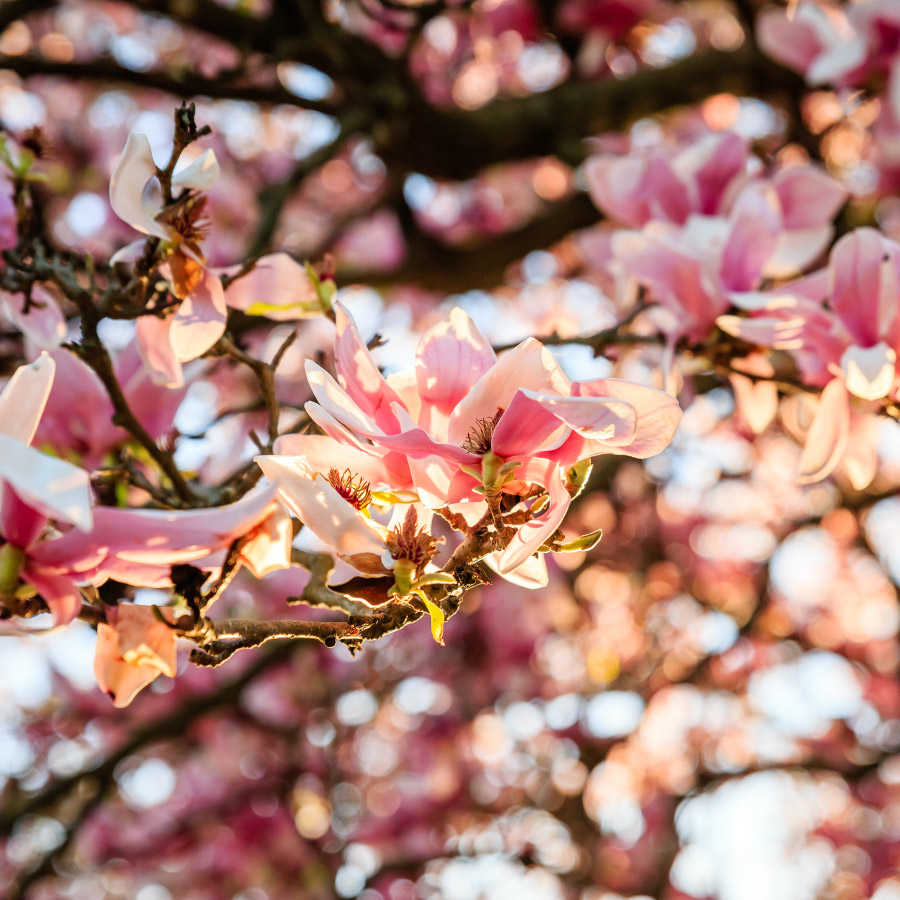Still Using Hedge Trimmers? Hand Pruning is Better for Your Shrubs
It's faster, cheaper, and healthier for your plants.
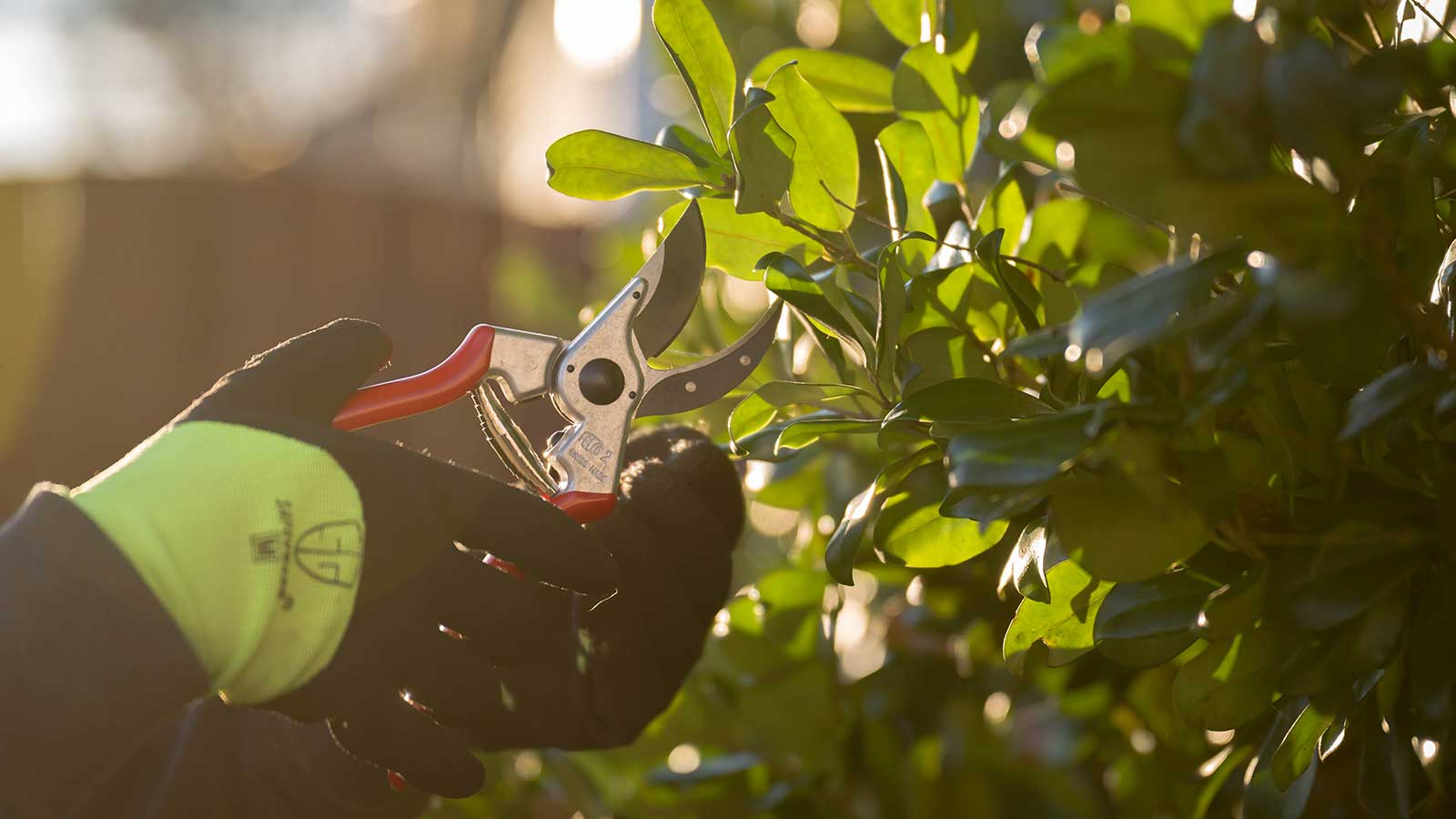
Despite the popularity of hedge trimmers (also called power shears or motor shears), they’re not always the best tool for pruning your shrubs since it’s hard to control what or how you’re cutting. Hand pruning your shrubs will not only save you time and money, but it will help keep your plants healthy.
What's the problem with hedge trimmers?
Many people don’t realize that hedge trimmers can cause extensive damage to plants by creating split, jagged ends on branches and by cutting leaves in half. They’re often seen as faster and more efficient than hand pruning. But using them will almost always negatively impact the health of your plants and result in wasted time and money.

Basically, hedge trimmers are imprecise, which results in cutting off important buds at the end of the branch. These buds regulate growth, and without them, something called "the hydra effect" happens. Normally, these buds send out a chemical signal that tells all the other buds on the branch not to grow. When the bud gets cut off, a quick explosion of growth occurs. This creates even more new branches that will need to be trimmed throughout the entire growing season.
Fortunately, hand pruning your shrubs is easy to learn and comes with plenty of benefits, including:
- Less effort - Properly hand-pruned shrubs only need to be maintained once every year or two, compared to 5-6 times per year if maintenance is done with a hedge trimmer.
- Less time - While hand pruning might take a little more time when you first begin, you’ll get that time back by not having to trim your shrubs multiple times per year.
- Less expensive - By reducing the frequency of necessary maintenance, you’ll save money.
- Healthier plants - Hand pruning not only prevents shredded leaves and jagged branch tips, but it also helps to control pests and increase oxygen flow to the plant by removing dead branches.
How to get started with hand pruning
Don’t let the idea of hand pruning overwhelm you. Once you’ve got these basic cuts down, you’ll be on your way to shrubbery stardom in no time. So, where should you start? The first and most important step for successful hand pruning is to use the right tool. Be sure to start with a sharp pair of quality pruners. This will keep your cuts clean so the plants can heal quickly. We've compiled a checklist of tools and supplies that you can download here.
- Start by looking for main branches that are sticking out. Then follow the main branch back to the first branch that’s growing out of it. This branch is called the side lateral. You’ll make the cut just above the notch where the side lateral grows out of the main branch so the side lateral stays intact.
- For the second type of cut, find the side lateral you want to cut and follow it back to the main branch. Cut the side lateral just above the notch where it meets the main branch, but make sure not to cut into the main branch itself. This will leave your main branch and its buds intact so it can regulate the growth of the branch and prevent the hydra effect.
- The last type of pruning cut you can use is one that removes a central branch from between two or more other branches. Try to cut close to where the central branch meets the other branches. It’s okay if you can’t get as deep as some of the other cuts.
Once your pruners are prepped, you’re ready to make your first cut. Here are three basic cuts you can use to prune your shrubs:
Now that you know how to make the basic pruning cuts, it is time to apply them. Before you begin, set a goal. Pruning without a goal is like building a house without plans. You need a goal, and there are many you can choose from. One common goal our clients often request is to tighten the form. To achieve this goal, we recommend standing 10 feet away from the shrub in question and blurring your eyes. Next, identify the branch that stands out from the form most. Go and snip that off using one of the three cuts above. Now repeat this process as many times as you think necessary.
Typically, 10-20 cuts will do the trick for most shrubs. However, to make the form tighter or look more like the traditional landscape model, it might take closer to 50-100 cuts. No matter the goal, using these three cuts will reduce harm to your plant and future maintenance needs compared to using hedge trimmers. So, have fun, and remember to take a moment to appreciate the plant's beauty!
Video: How to Hand Prune Shrubs
Learning how to prune can be difficult without seeing these three types of cuts in action. Here is a short video about why it's important to hand prune and some visual examples of these basic pruning techniques.
If you still have questions about pruning, send us an email, and we’ll get in touch as soon as we can.
We've clearly demonstrated that and pruning your plants is simply a smart choice. By taking the time to learn good pruning practices, you’ll save time and money and your shrubs will stay healthy all year long.

